 DA
DA
 EN
EN
Den danske dronning er udgået af en slægt, der har regeret i landet i tusind år. I løbet af den tid er der sket en gennemgribende politisk udvikling, og Danmark hører i dag til de mest udbyggede demokratier i den vestlige verden. Alligevel har man bevaret monarkiet. Hvordan kan det forenes med demokratiet? Hvilke pligter har dronningen? Er hun lige så ophøjet en person, som kongen var i enevældens dage? Det er spørgsmål af denne art, filmen søger at besvare. Filmen blev oprindeligt produceret til amerikansk tv.
Denne film kan desværre ikke indlejres på andre hjemmesider pga. rettigheder.
English title: 'Monarchy and Democracy'.
The Danish queen originates from a family who have reigned over the country for 1000 years. In the course of that time a radical political development has taken place, and today Denmark is among the most enlightened democracies in the western world. Nevertheless monarchy has been preserved. How can it be reconciled with democracy? What duties does the queen have? Is she as exalted a person as the king was in the days of absolute monarchy? The film tries to answer questions of this kind.
This film cannot be embedded on other websites due to copyrights.
Filmtype
Produktionsland
Produktionsselskab
Producent
Rekvirent
Fotograf
Manuskript
Klipper
Instruktør
Speaker
Transkription
Kommentarer fra transskribenten er markeret med […]
Monarchy and democracy - it may be a paradox but not to the Danes.
[The vision?] gives pleasure to both Danes and tourists alike and enhance the royal popularity. The Royal Life Guards perform daily outside Amalienborg Palace in Copenhagen whenever the Queen is in residence.
The monarchy has also won popular affection as a defender of democracy.
During World War II King Christian X rode through the streets of Copenhagen in defiance of the Nazi occupiers. He became a rallying point for the nation.
Never before had a king excited so much enthusiasm among his subjects.
The country enjoyed the fruits of peace during the reign of King Frederik IX, father of today’s Queen Margrethe.
But the people still remembered how to cheer.
“Mine ønsker for denne dag er: Gid held og lykke må følge vores fædreland, og Gud bevare Danmark. Et trefoldigt leve Danmark” ”Hurra, hurra, hurra!” ”Kongen leve!” ”Hurra, hurra, hurra ...”
Constitution. The basic documents establishing the constitution of monarchy are on display on The House of Parliament.
“Det er altså Danmarks riges grundlov, og det er den lov, vi benytter, når vi laver love herinde. Den lov danner grundlag for alle …”. Denmark’s monarchy is the oldest in Europe. It extends back more than a thousand years to Viking times where the kings were elected.
Margrete I – the current queen’s namesake – ruled more than 500 years ago under a charter limiting her powers. The people also confirmed the choice of their king. The power of the king steadily increased. It reached its pinnacle with the signing of a proclamation giving the king absolute authority. All power was concentrated in the glorious person of the king. Succeeding monarchs no longer mingled with their subjects and a wide gap developed between the rulers and the ruled. Still it was one of these absolute monarchs who freed the peasants from the land. And in 1849 King Frederik VII took the inevitable step of giving Denmark its first democratic constitution. The marriage between the monarchy and modern popular government was begun. The monarch remained the head of state while both executive and legislative power drifted into the hands of parliament. But even today the Queen performs vital constitutional functions. After each general election she appoints the prime minister and his cabinet according to the will of parliament. She also presides over the Council of State, a body consisting of the various ministers forming the government.
Here at the Council a bill is presented to the Queen for signature. Prime minister Anker Jørgensen describes the role of the monarch in the democratic process: “The Queen’s signature in the Council is the final stage in the creation of the law. It is – what we can call – an old-fashion formality but I will say that respectful formalities is in the nature of our democratic system. I think we can say that our system works and the system works very well. We are fortunate to have in Her Majesty a personality who wants to carry on in the tradition of closing confidence and informal tradition and relationship with the government and the political leaders. This is also true of the private audience the Queen gives me and my minister of foreign affairs every Wednesday in order, of course, to give regular report about the current state of affairs.”
The Queen also sees the political leaders on their own ground.
As head of State she attends the opening session of Parliament each year.
“I henhold til grundloven er Folketinget i dag trådt sammen til sit første møde i det nye folketingsår.”
[Military commands] As supreme commander of the armed forces queen Margrethe bows before an old regimental flag at the ceremony to dedicate its successor.
She praises the unblemished record of the old banner and wishes the same for the new.
“Gud bevare dronningen!” God save the Queen. ”Gud bevare dronningen!”
Each New Year the Queen turns back the clock as a full honour guard and a golden coach take her and Prince Henrik to a formal reception at Christiansborg. The Queen is always in great popular demand and her duties keep her constantly on the move.
The Queen visits a local church on its 800th anniversary.
She attends graduation ceremonies at Copenhagen University and greets the year’s top scholars.
She awards medals to distinguished members of the international society for the protection of animals.
Neither rain nor sleet will keep her from her appointed rounds, in this case a display of contemporary Danish art.
The Queen regularly gives audiences where any citizen with a reasonable request is admitted. Some come to thank the Queen for honors of royal commissions, others to show their appreciation for visits the Queen made to them.
Denmark extends beyond the confines of Europe and the royal yacht brings the Queen to the farthest reaches of the kingdom. The province of Greenland.
In Copenhagen the Queen resumes another of her duties, the formal acceptance of the credentials of foreign ambassadors serving in Denmark. Today the newly arrived ambassador from Thailand is received by Her Majesty. [Introduction of the ambassador] [Ambassadøren taler til dronningen på fransk, dronningen svarer på fransk]. American Secretary of State Henry Kissinger also paid his respects to the Queen during a recent European tour. The Queen is a highly valued goodwill ambassador. Danish foreign minister K.B. Andersen explains how: “It is my impression when I have colleagues here from other countries [it’s?] always one of the most interesting parts of the visit to visit the Queen. If the Queen is going to pay an official visit to another country, then for a few days you have focus precisely on the bilateral relation between Denmark and this country. And it’s not only the case when we are talking about the western world. I had the honour to attend the Queen when we visited Moscow last year. I think it’s a very good way to [strength?] the good relation between Denmark and also our eastern friends that the Queen as the first crowned head visited USSR as an official guest. Such a visit open doors and gives us opportunity to strengthen the ties as well as in the cultural field for instance as in the economic field.“
Foreign ministry officials prepare a speech to be delivered by Queen Margrethe at the UN General Assembly: “… spiller en helt afgørende rolle. The membership of The United Nations is a corner stone of my country’s foreign policy. Jeg synes i og for sig, at det må være rimeligt, at den er langt fremme i taleudkastet.” ”Today one of the corner stones …” The Queen, together with her private secretary, edits the ministry’s draft. “It still is … even today or” “Ja” “Even today … jeg vil bare …Vi har haft ‘today’ allerede, så den går ikke, den er brugt … is working together.” Although she will not modify any of the ideas of the speech she will often rewrite phrases to suit her own style. “Det kan man vist udmærket gøre, ikke?” “Ja, bestemt.” “Så har vi det. Jamen, skal vi prøve at se, hvordan det nu lyder?” ”Ja, godt.” ”Today one of the corner stones of Danish foreign policy is still a membership of The United Nations. We firmly believe that working together is the only way forward for all nations in their endeavour to fulfill the aspirations of the charter. Peace and security for all peoples, a dignified existence free from [want?] for every individual and the enjoyment of fundamental human rights for everyone everywhere.” “Ja.” “Jeg tror, den er der, mon ikke?” “Ja.” “Ja, men så kan vi gå videre med det, ja, men det er fint.”
The Danish monarchy has been many things in its thousand year history. It has travelled the path from an elective to an absolute and now to a constitutional institution. It has combined regal tradition and pageantry with today’s democratic ideals. The crown jewels, ancient reminders of past power of kings have long since been placed in a museum. The monarchy itself continues to personify the Majesty of the kingdom of Denmark.
The Queen may appear unannounced at The Royal Theatre. Her unexpected arrival sends a murmur of excitement through the audience which rises until she is seated. Tonight Queen Margrethe and Prince Henrik are accompanied by Queen Ingrid, and as a special treat they brought along their two children Prince Joachim and his older brother Prince Frederik, heir to the throne.

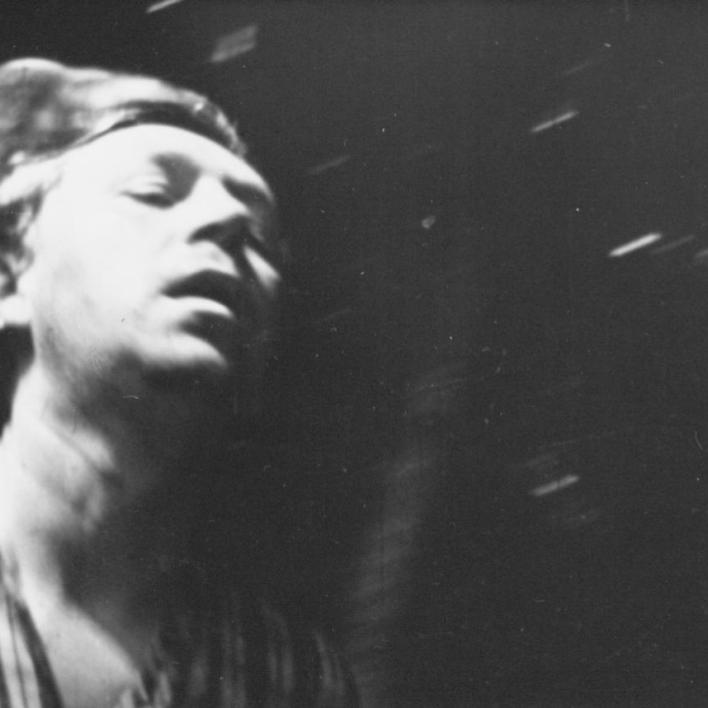
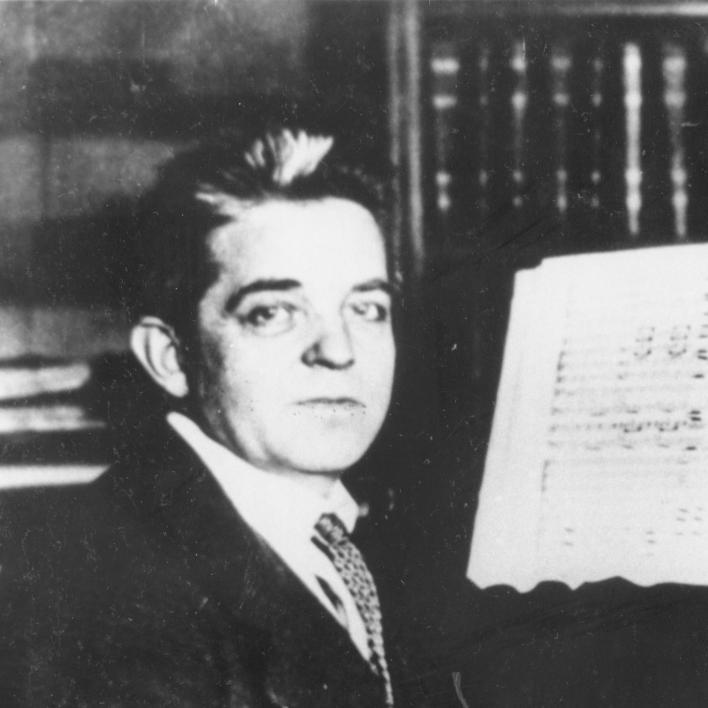
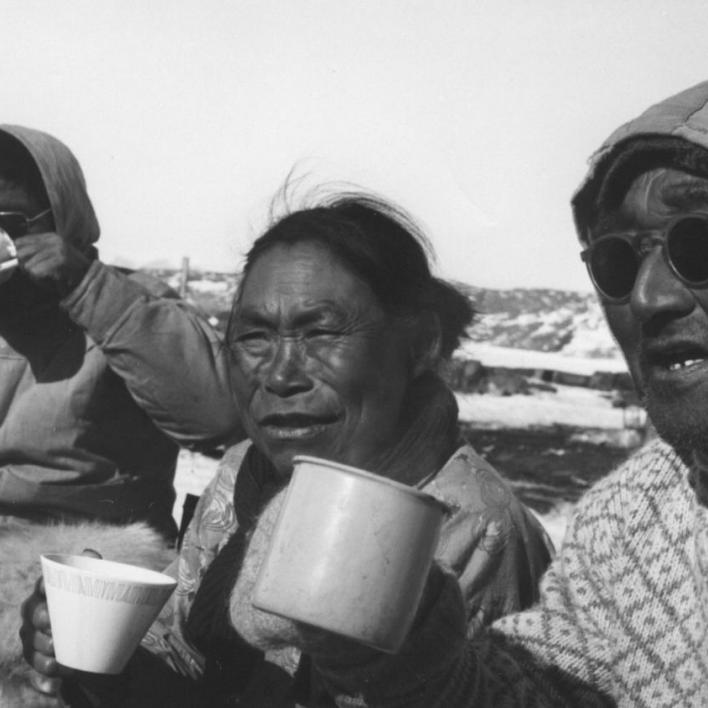
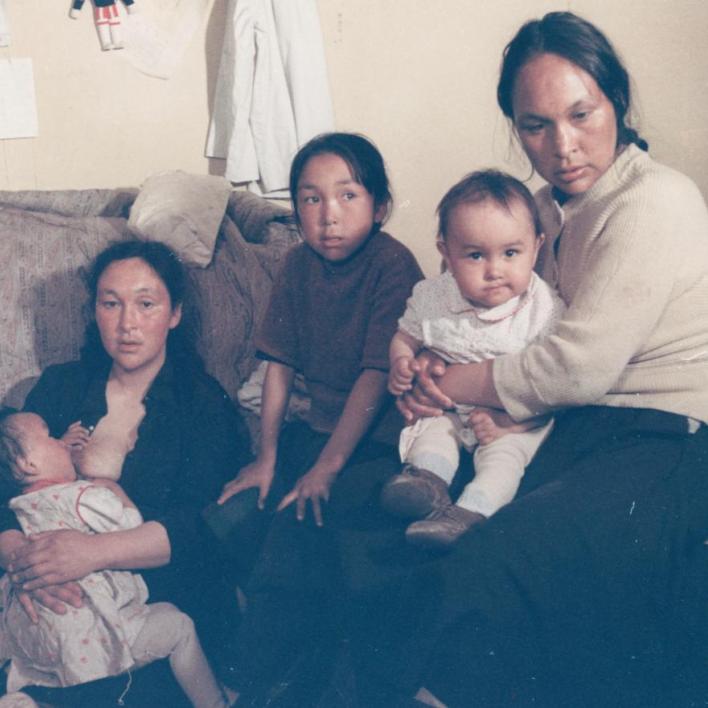
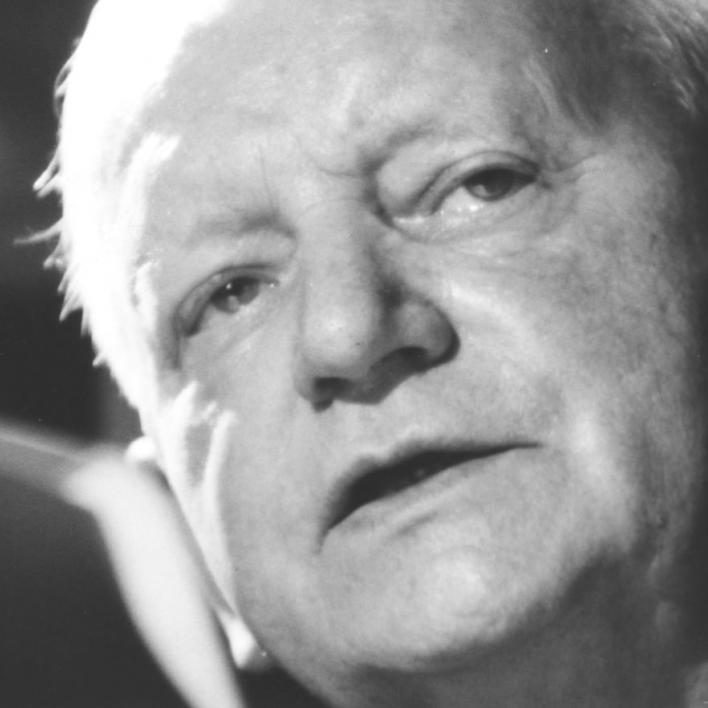
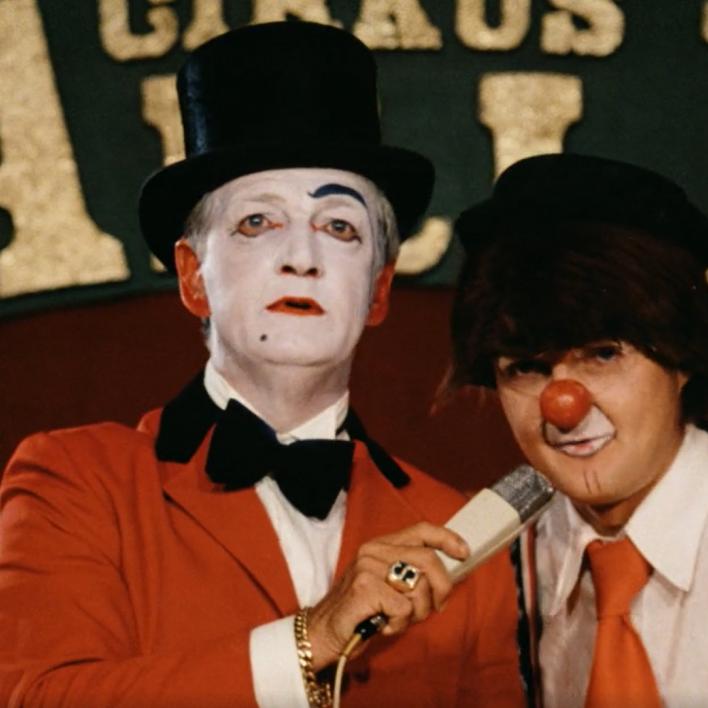
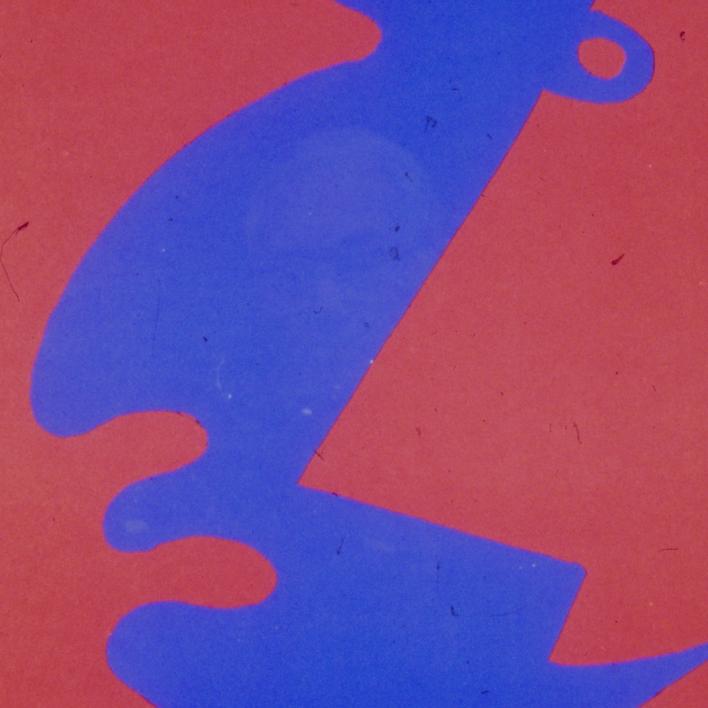
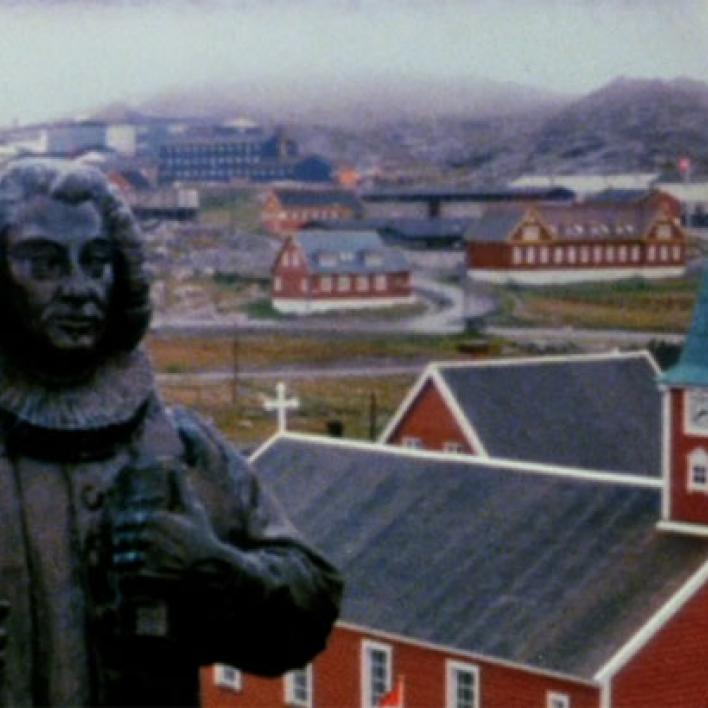
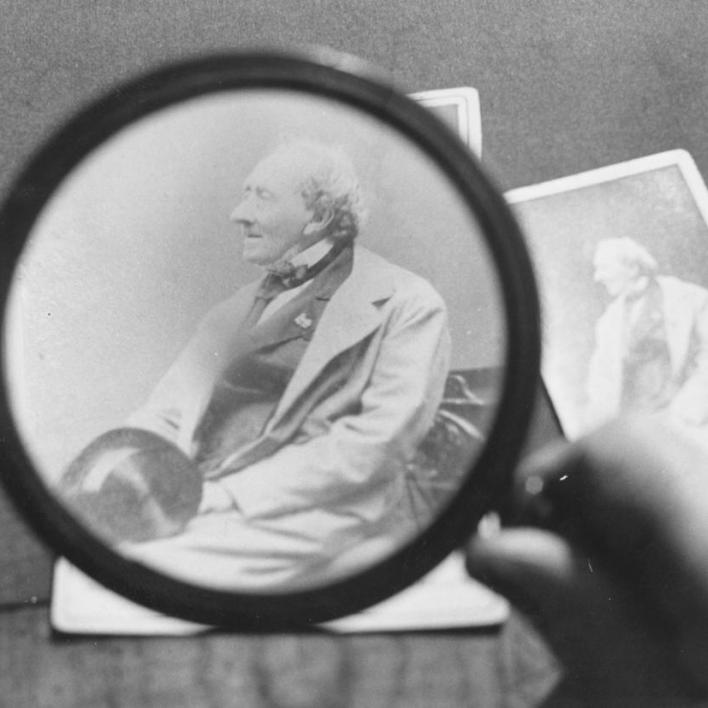
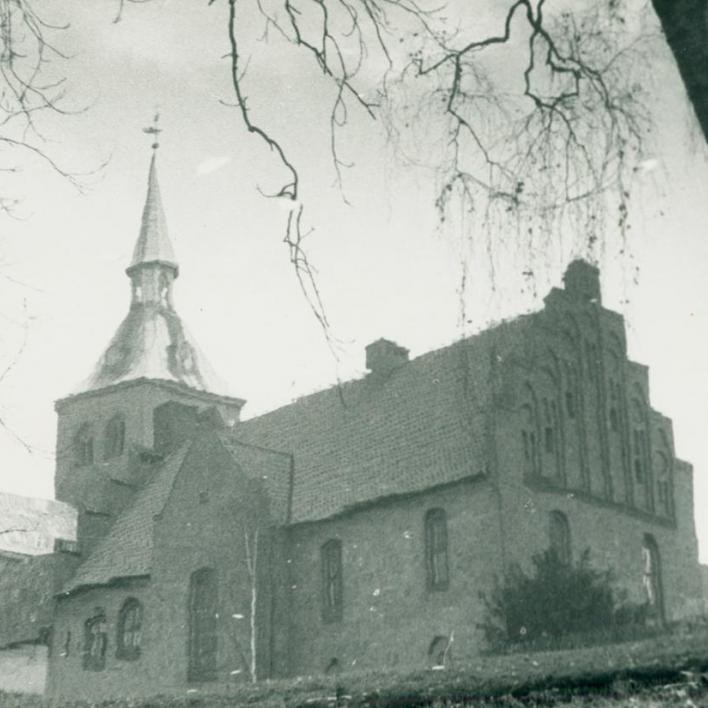
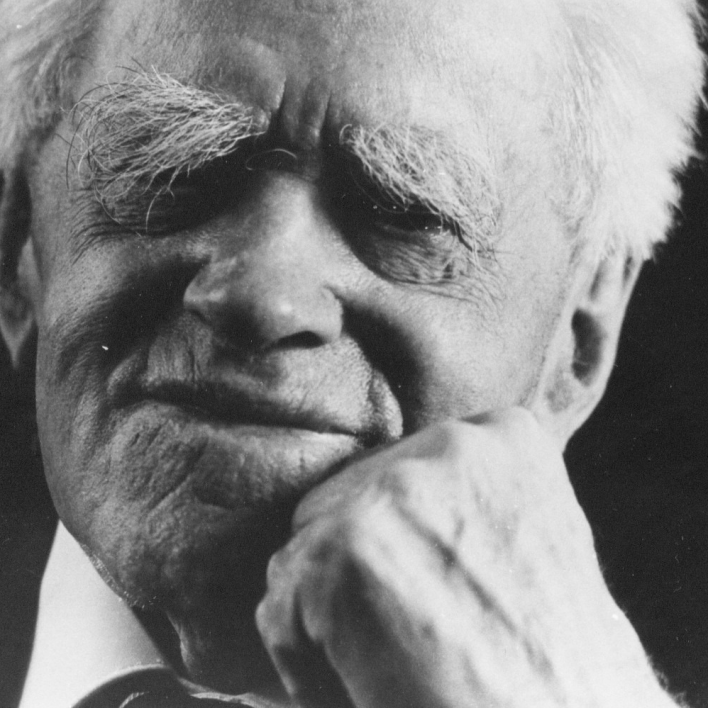
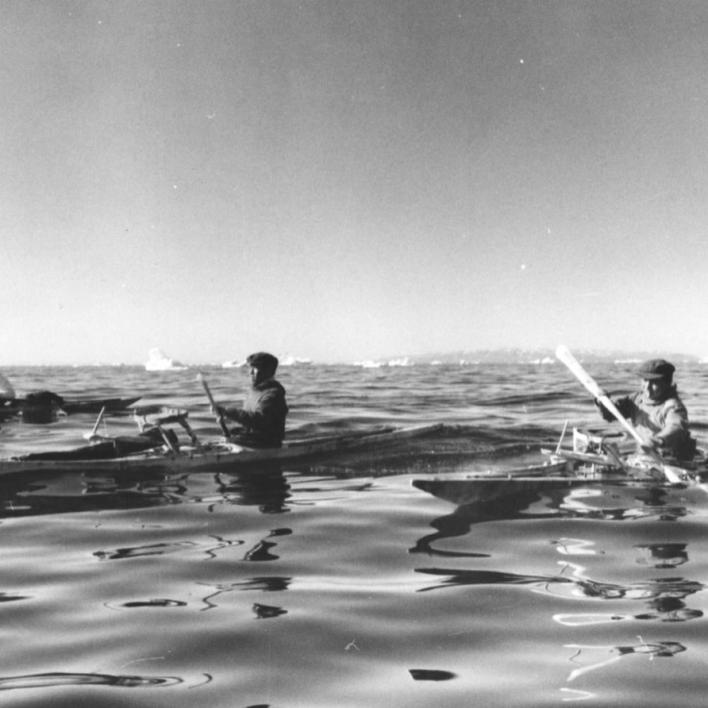
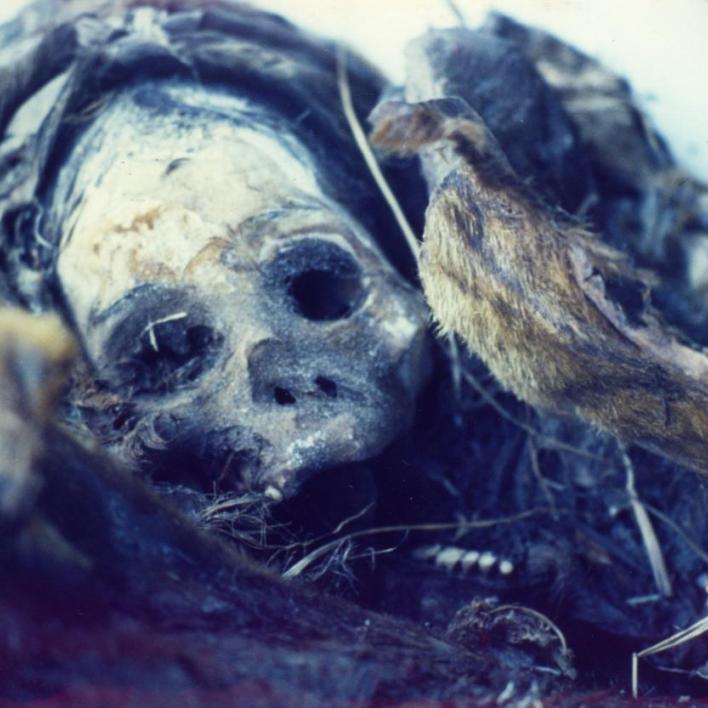
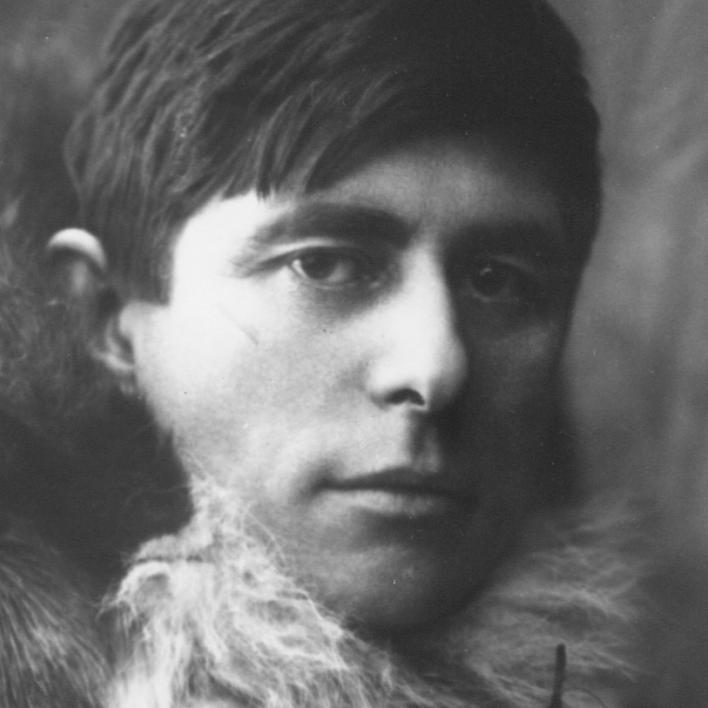
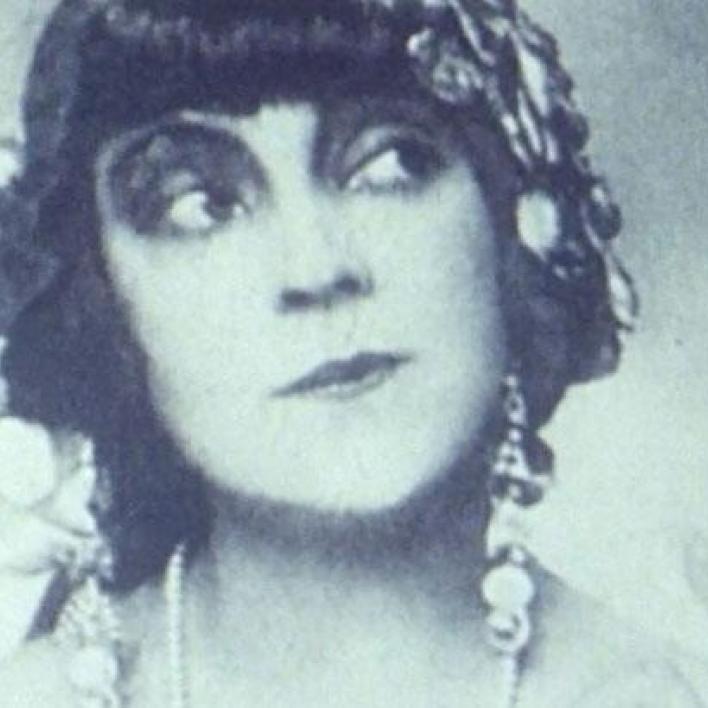
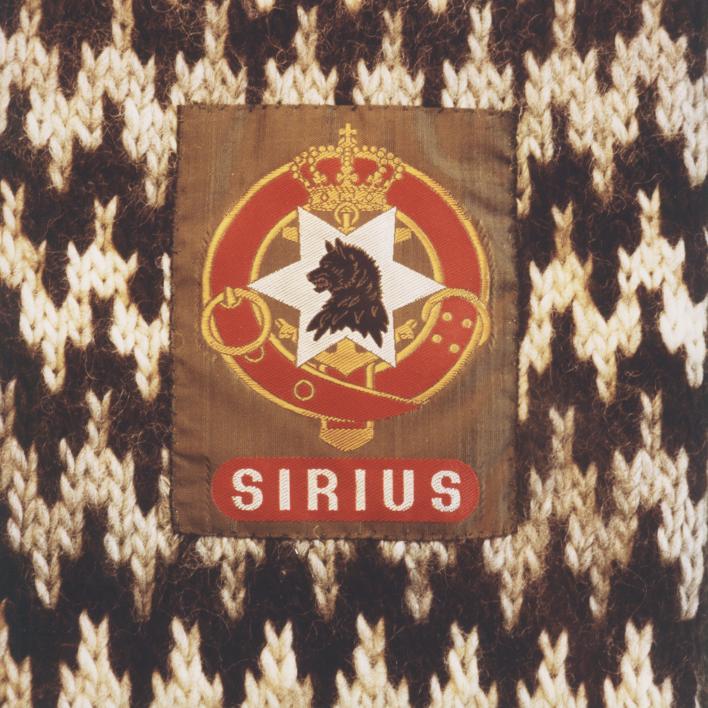
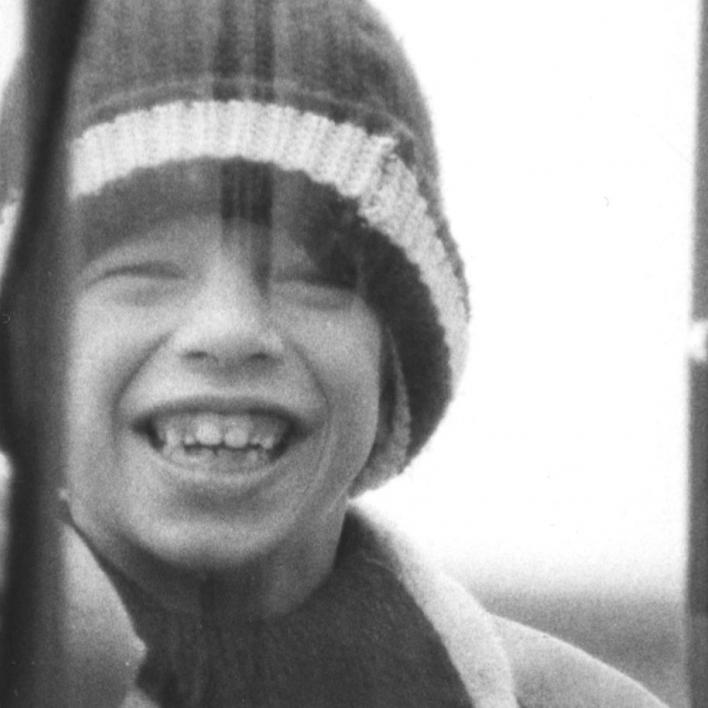
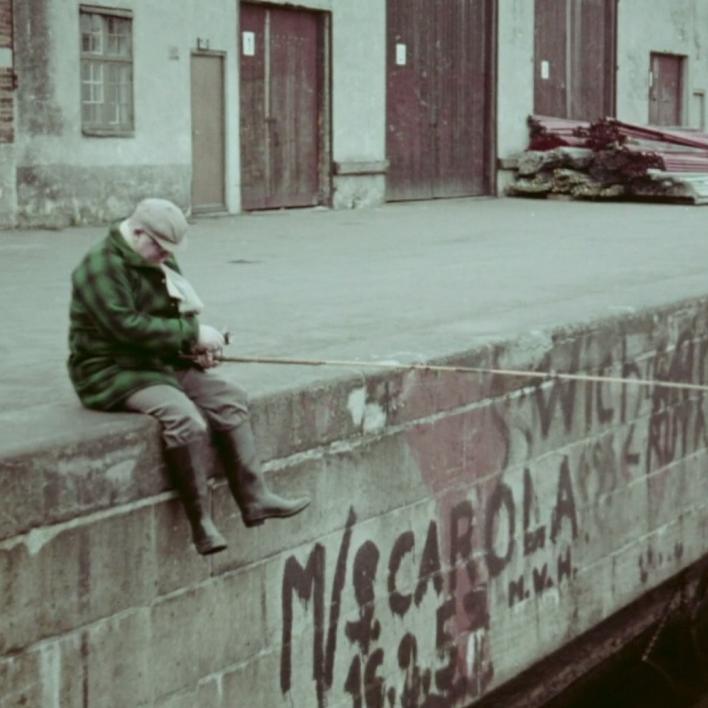
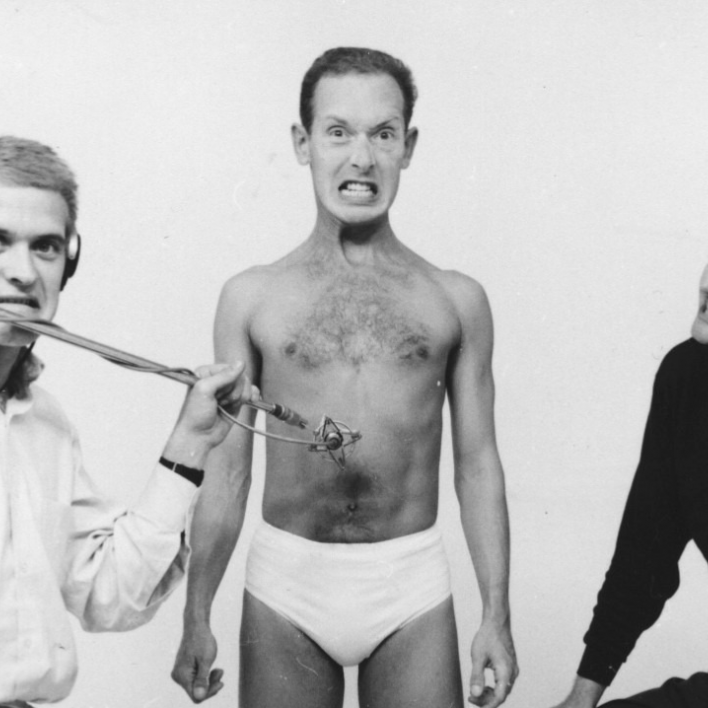
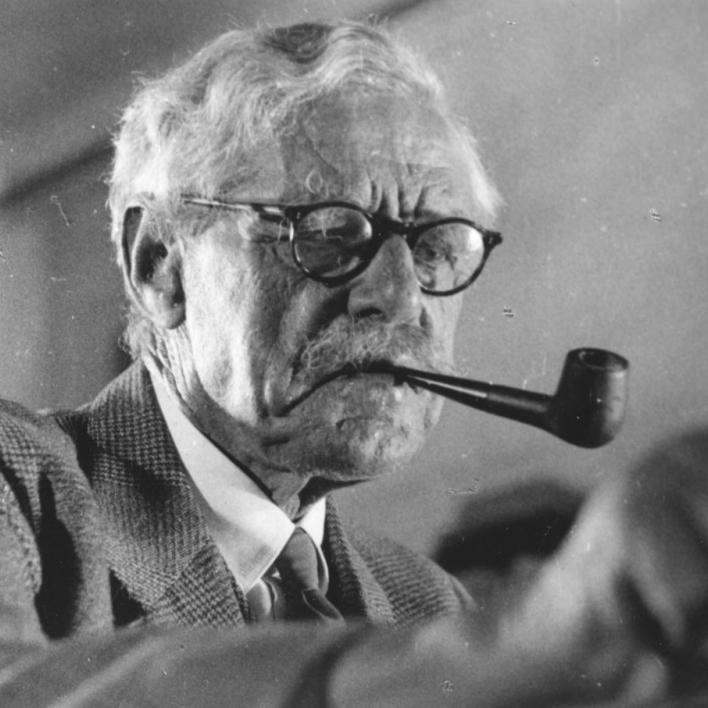
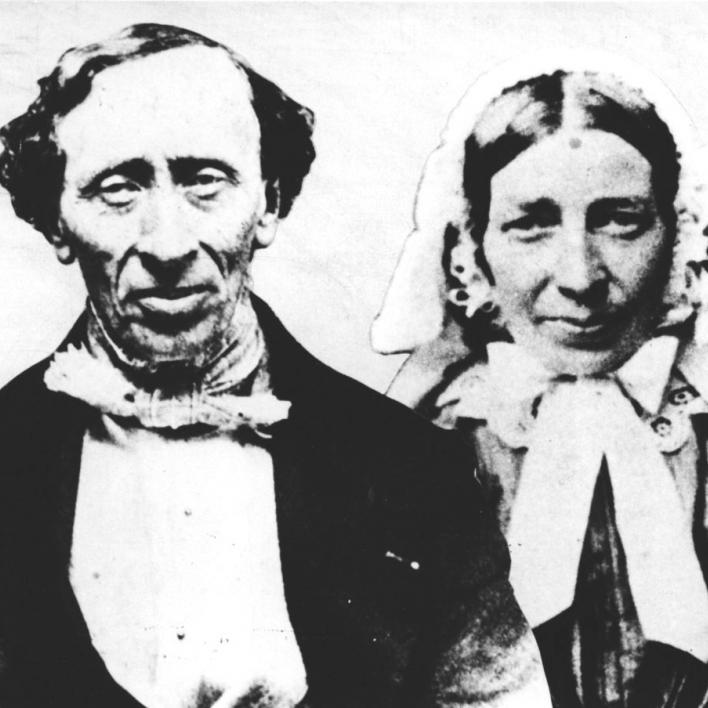
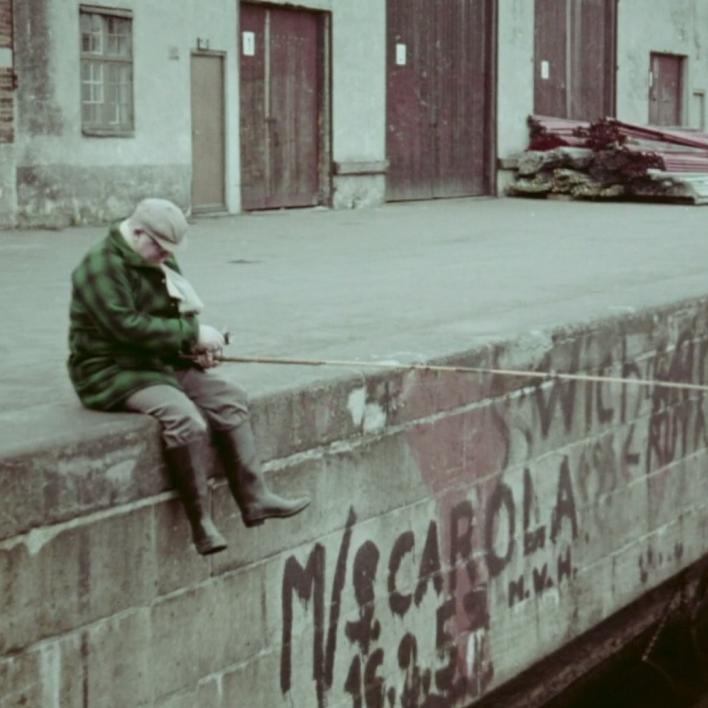
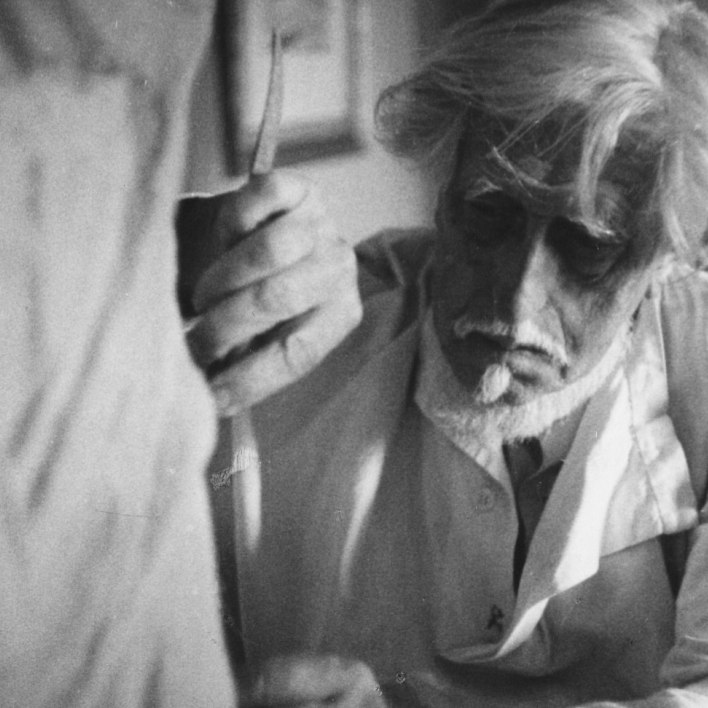
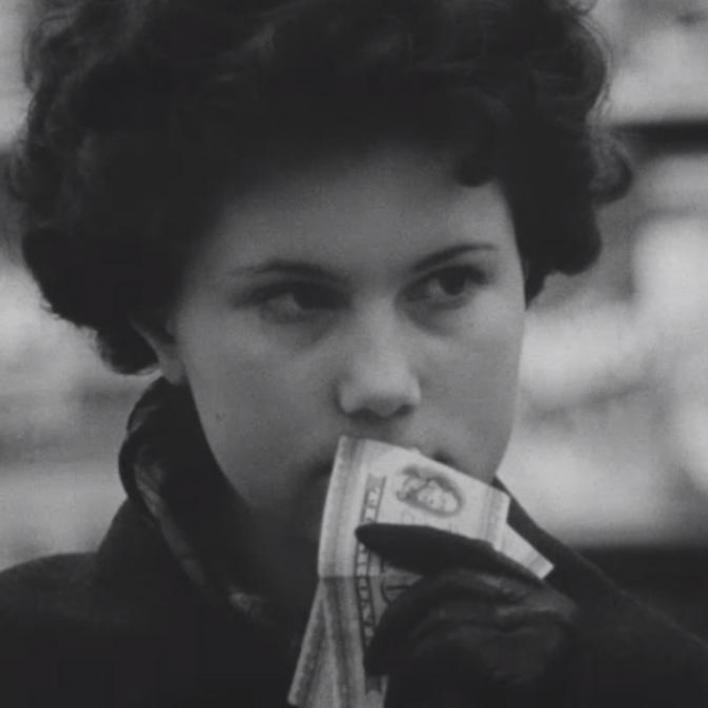
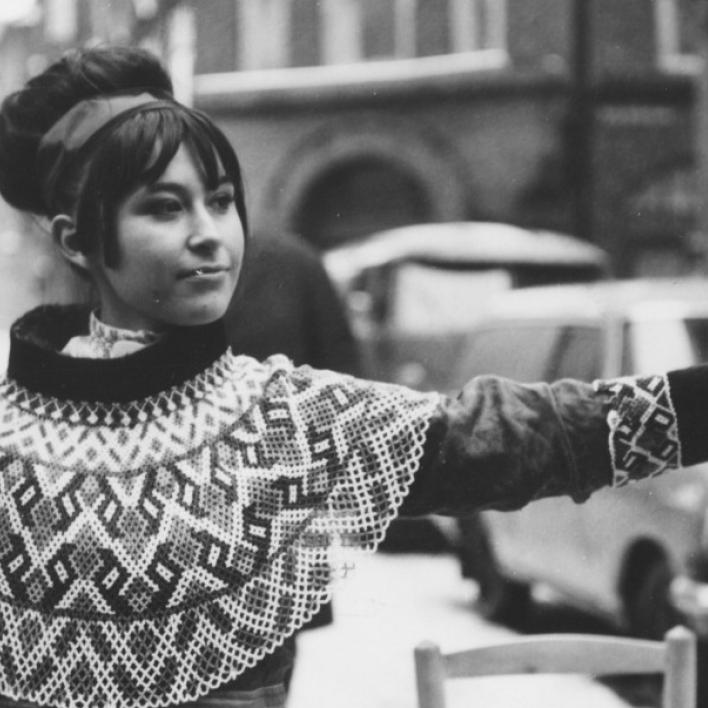
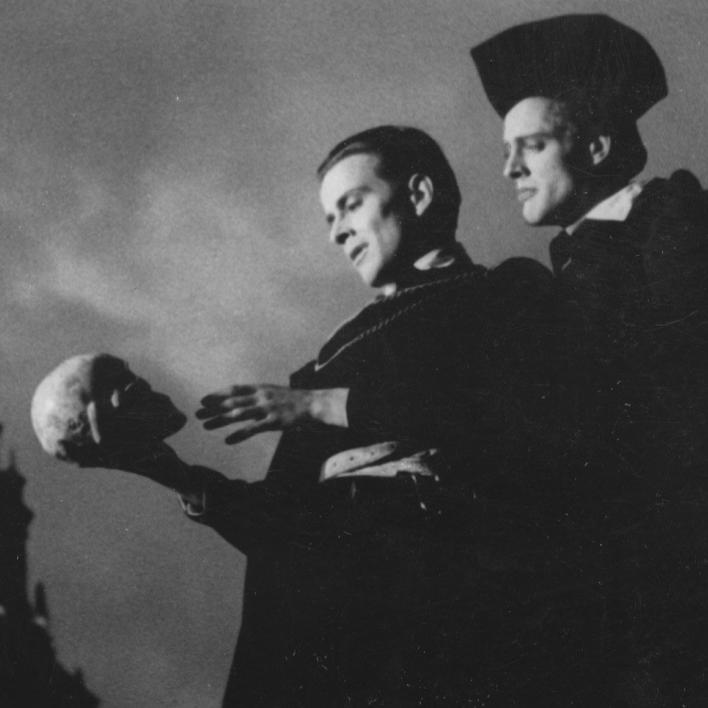
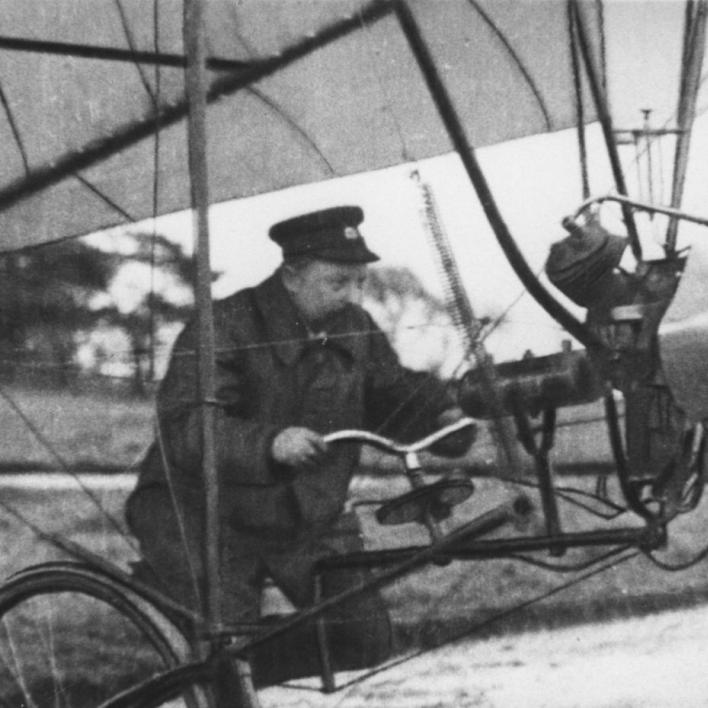
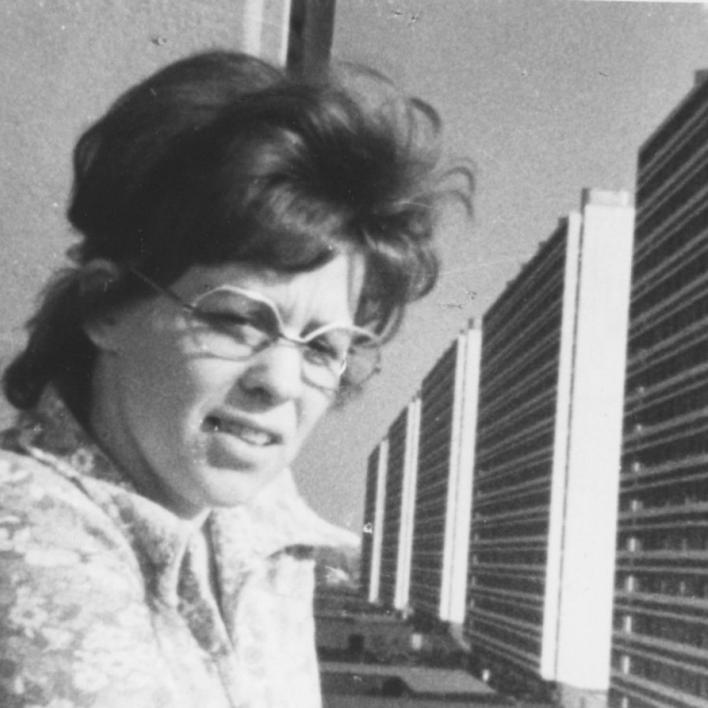
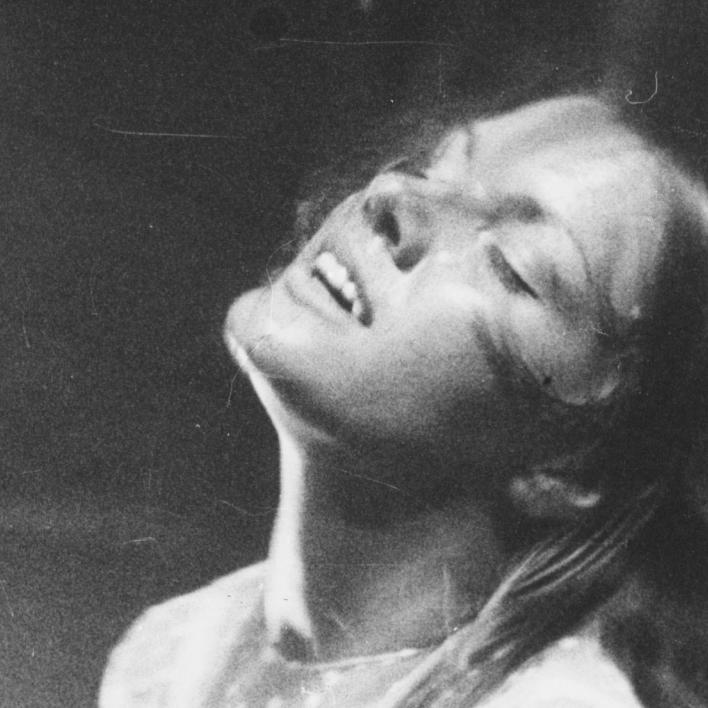
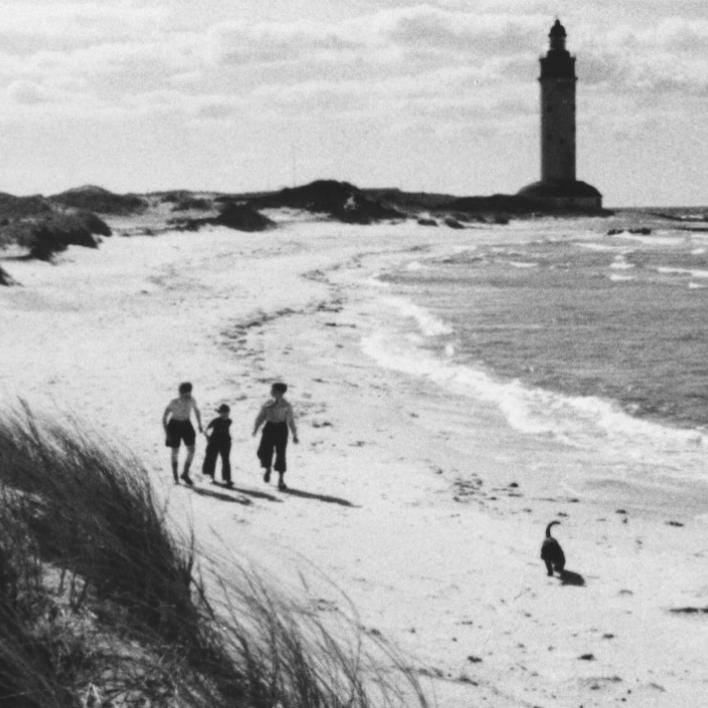
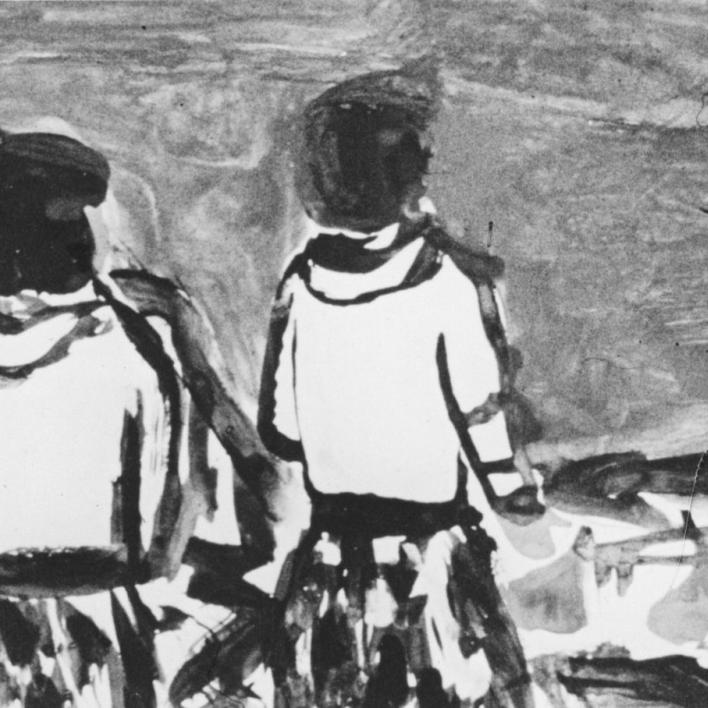
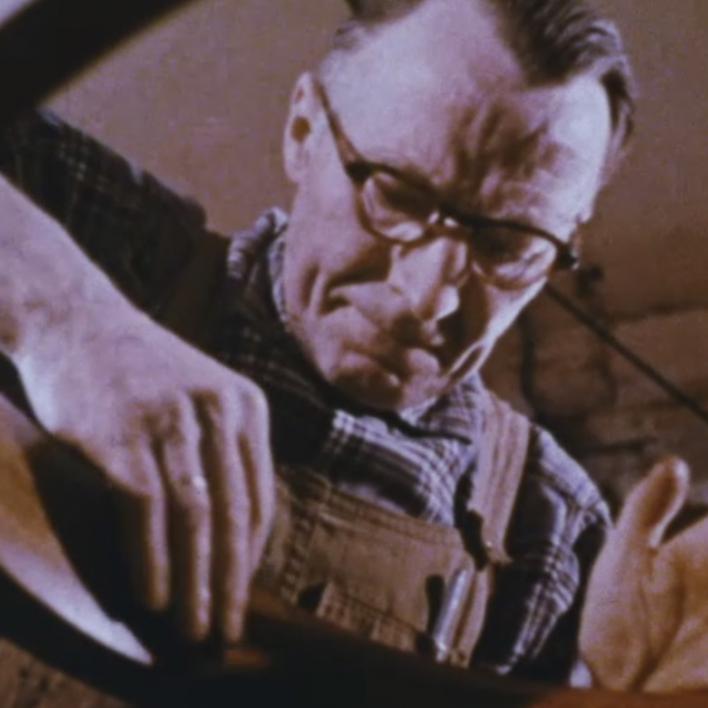
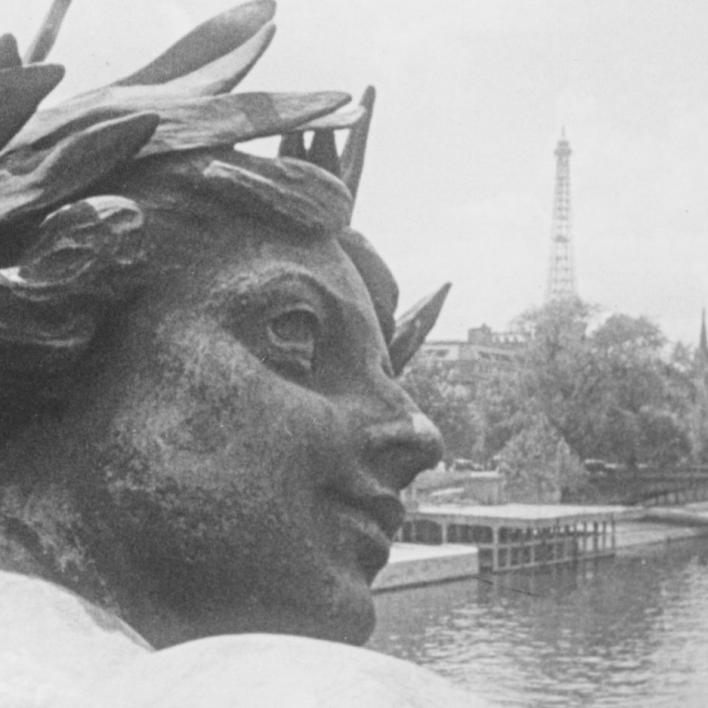
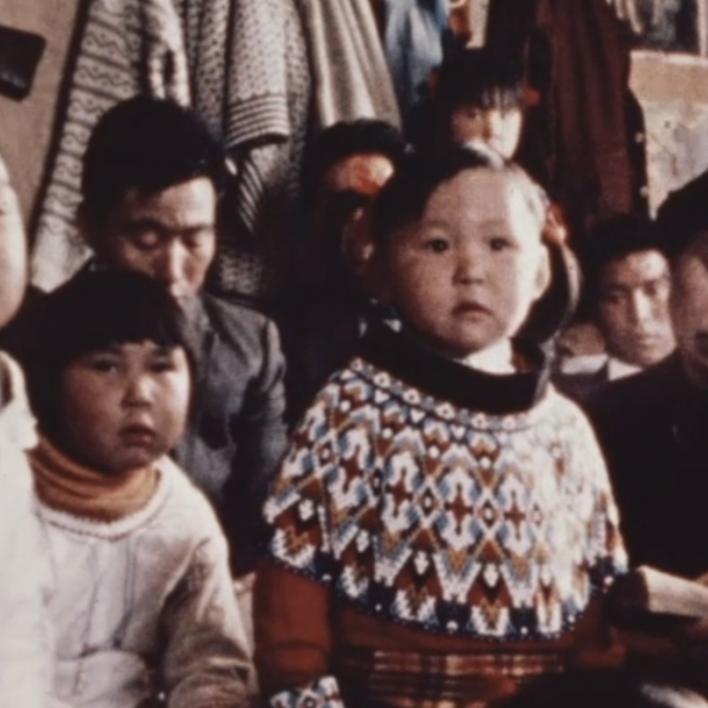
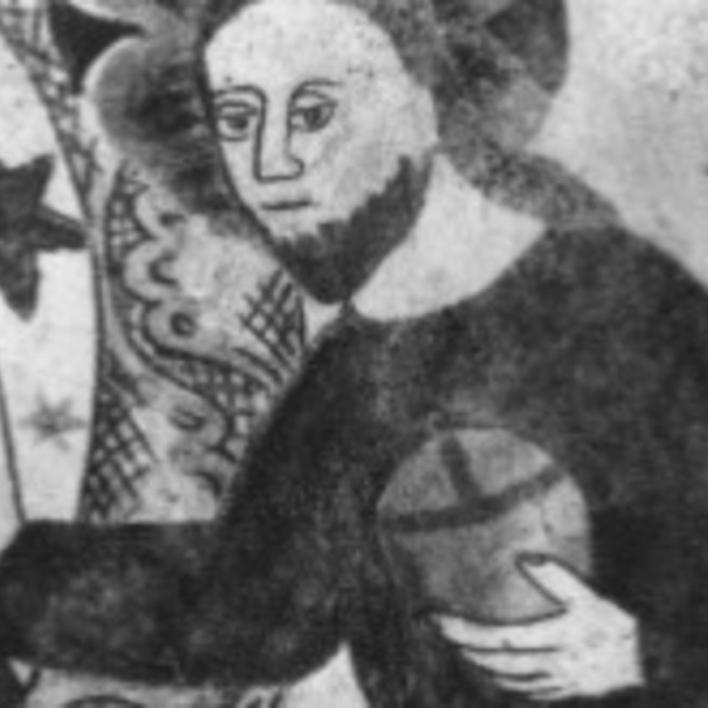
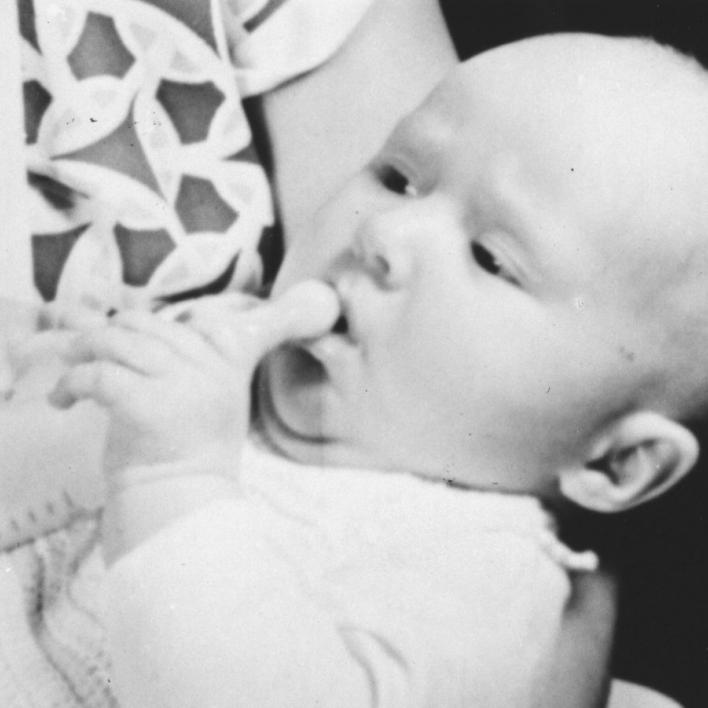
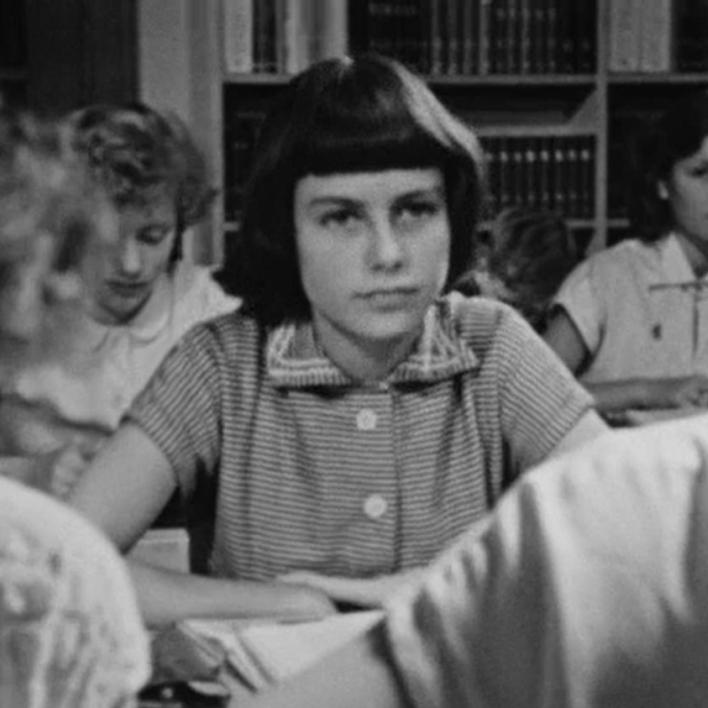
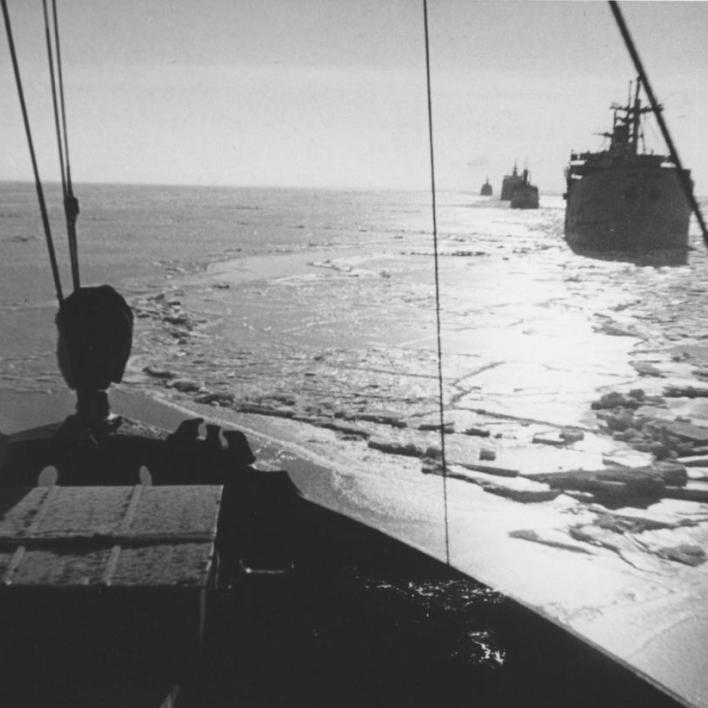
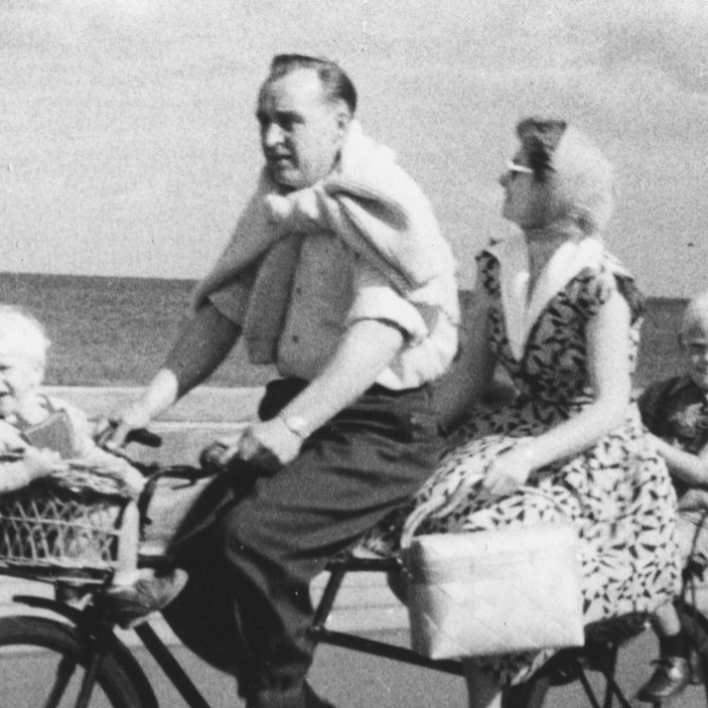
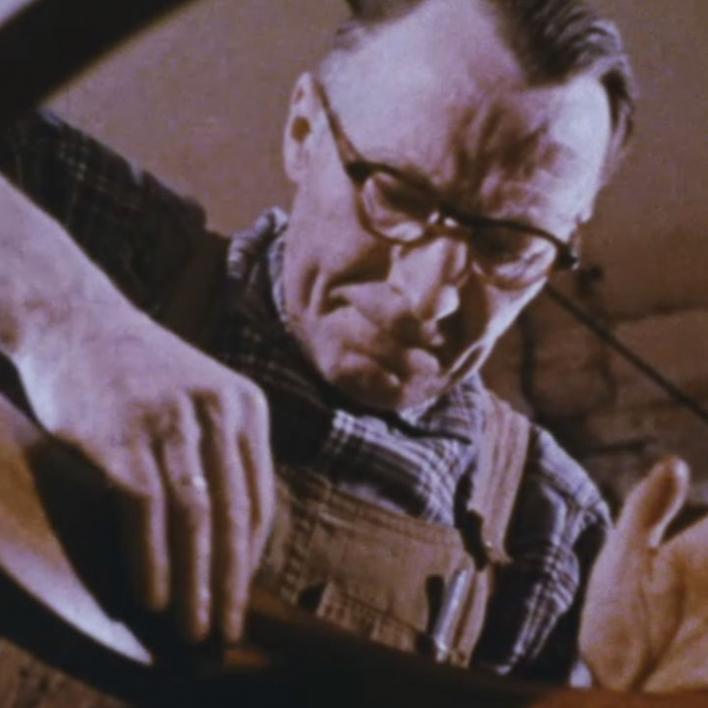
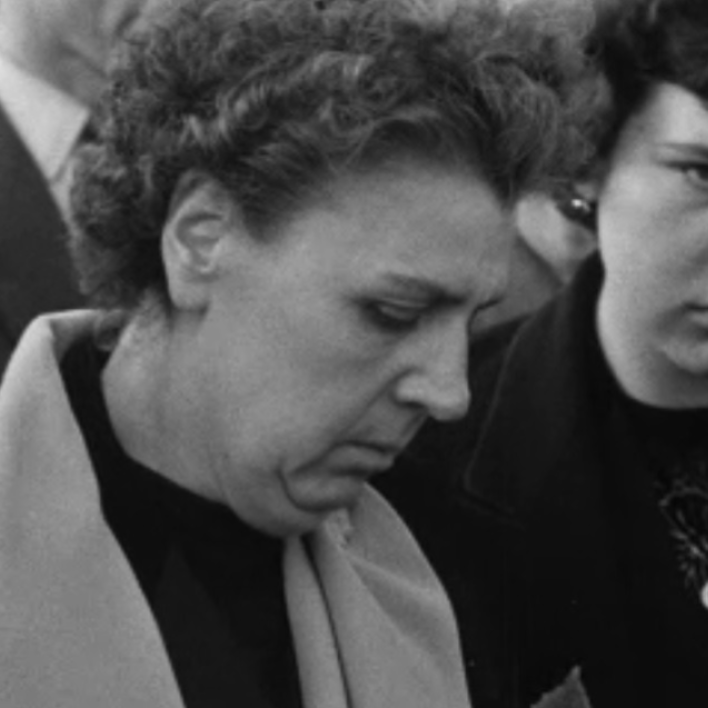
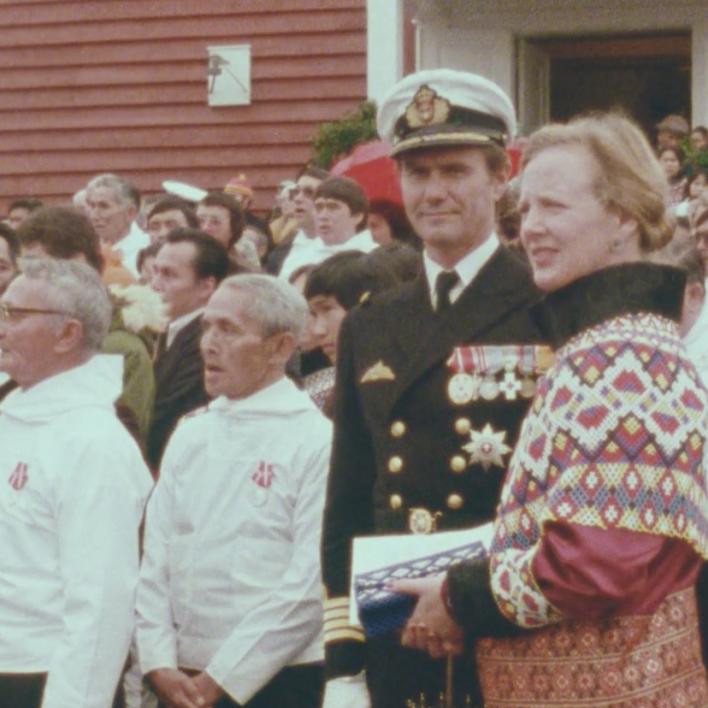
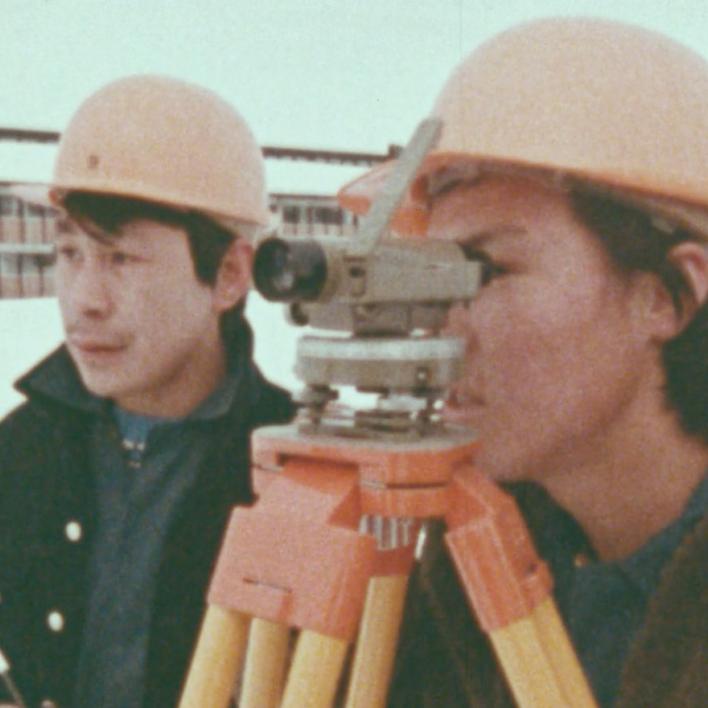
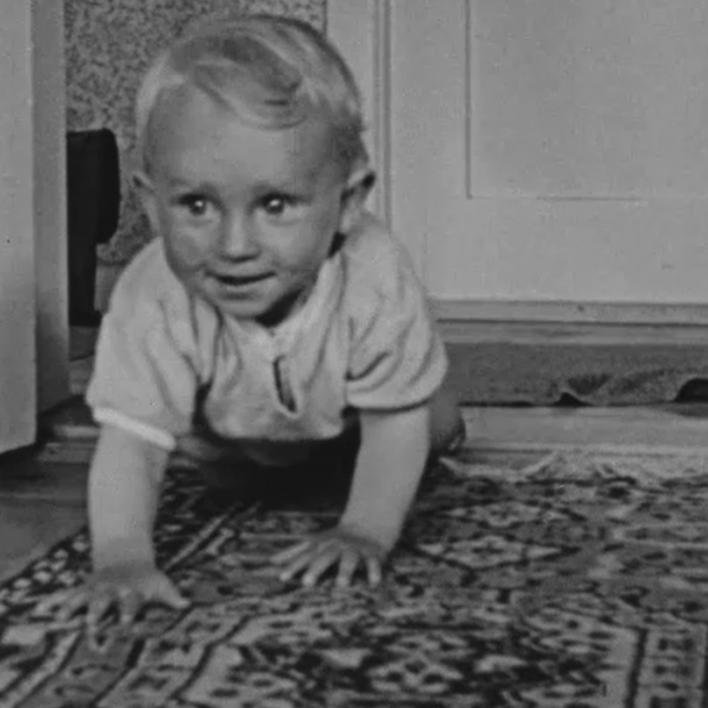
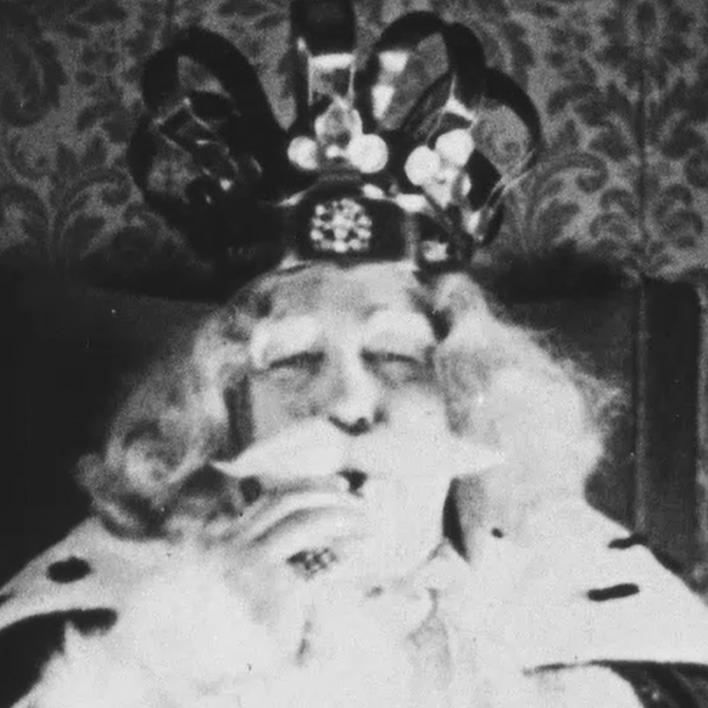
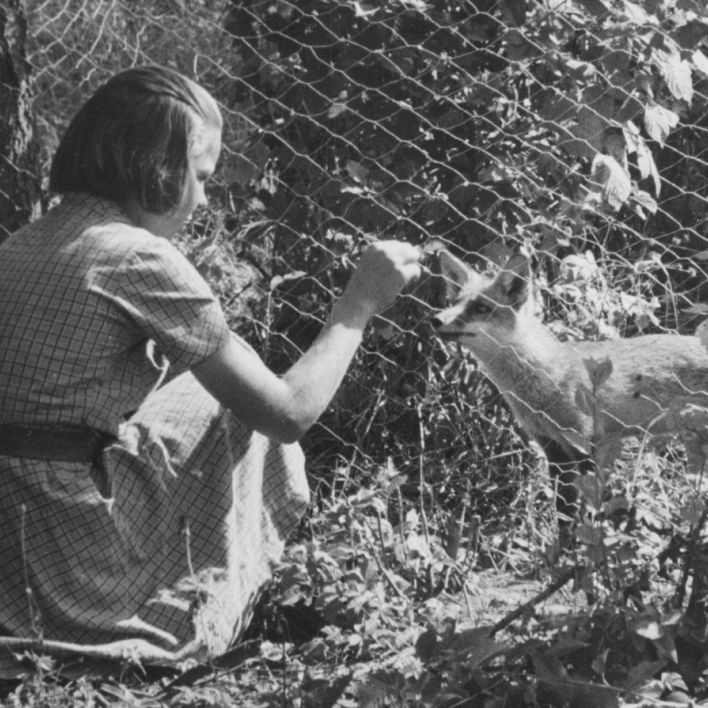
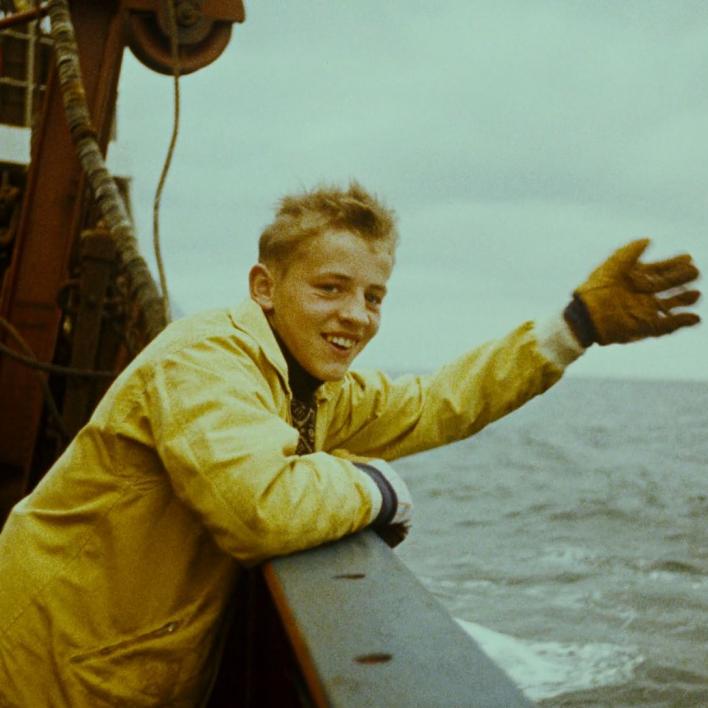
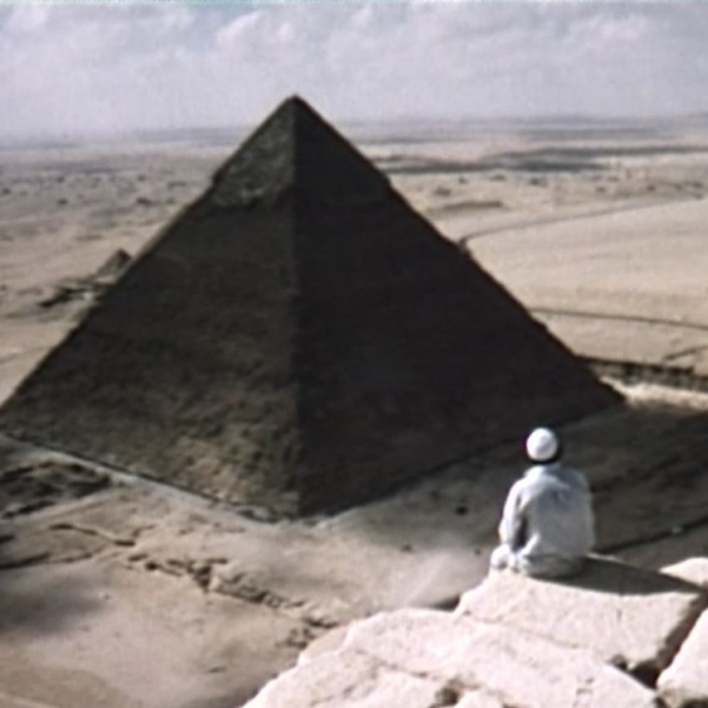
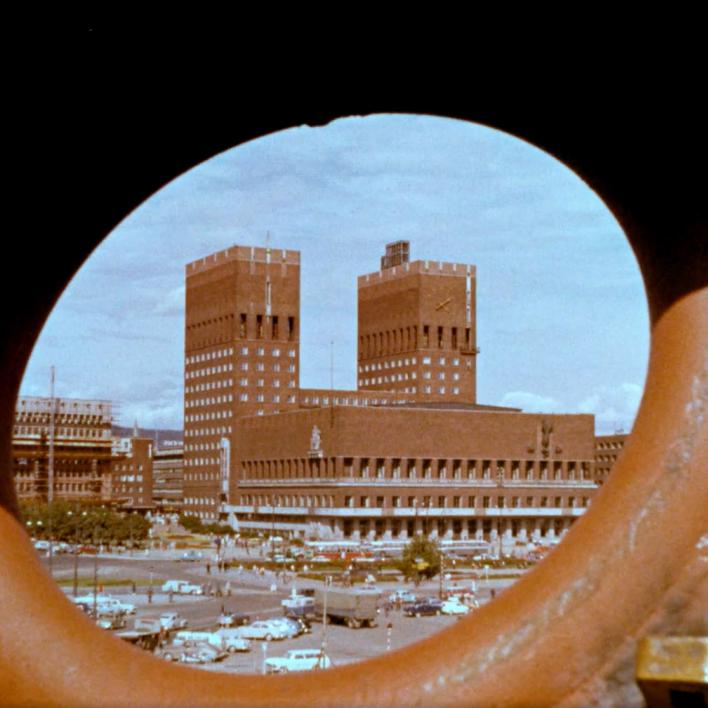
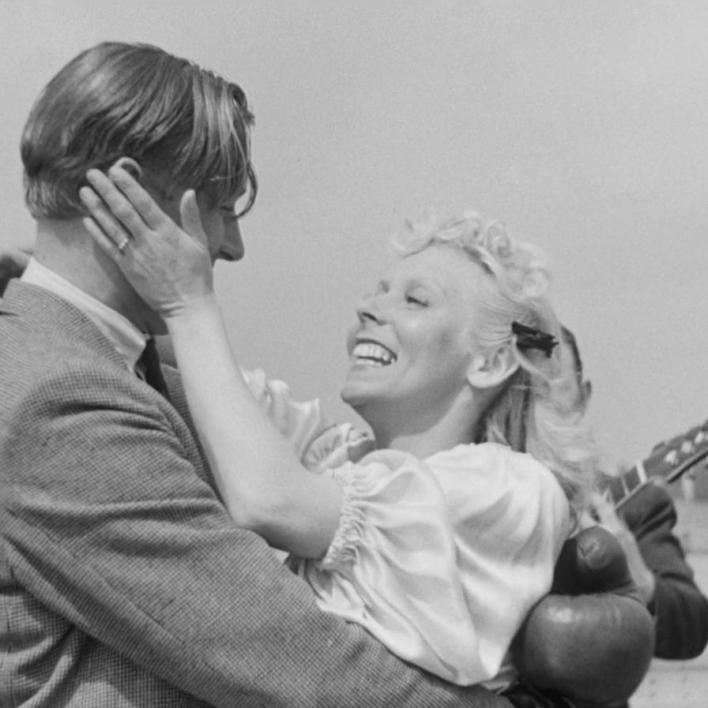
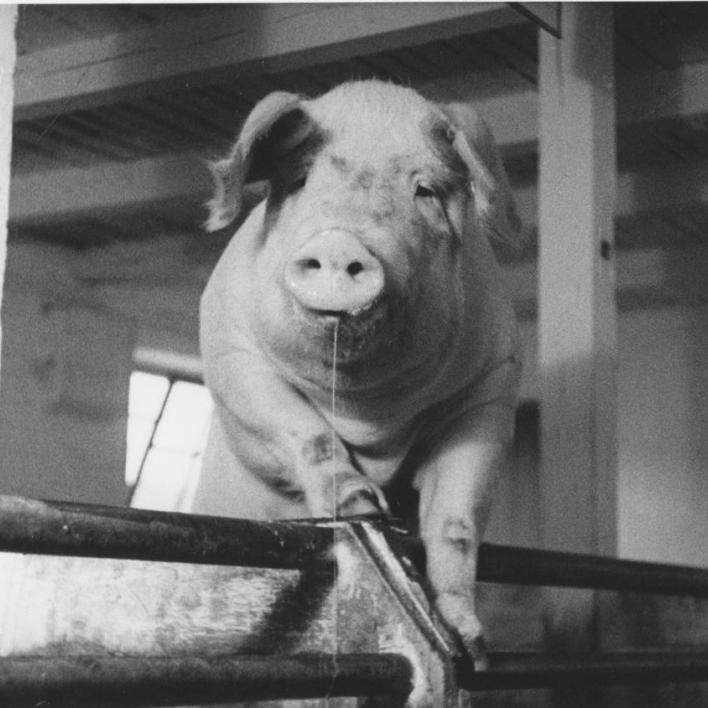
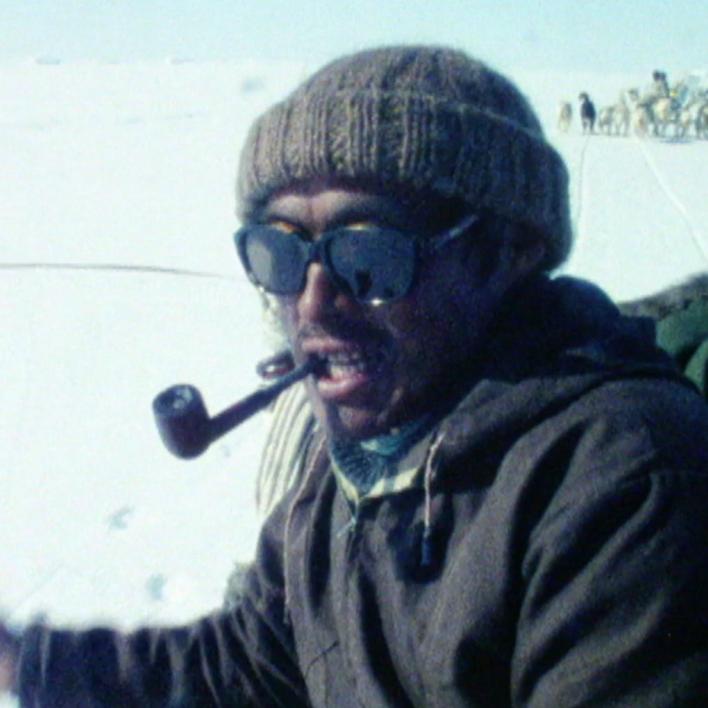
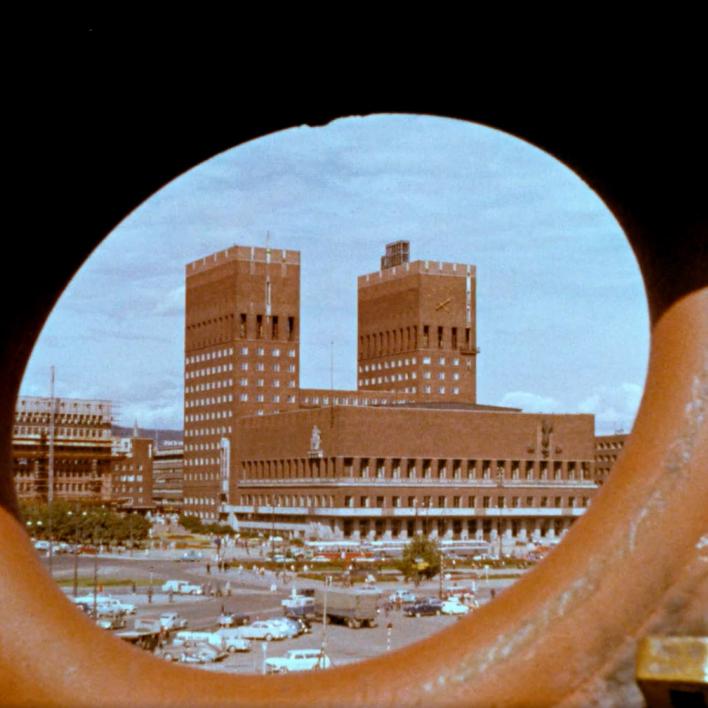
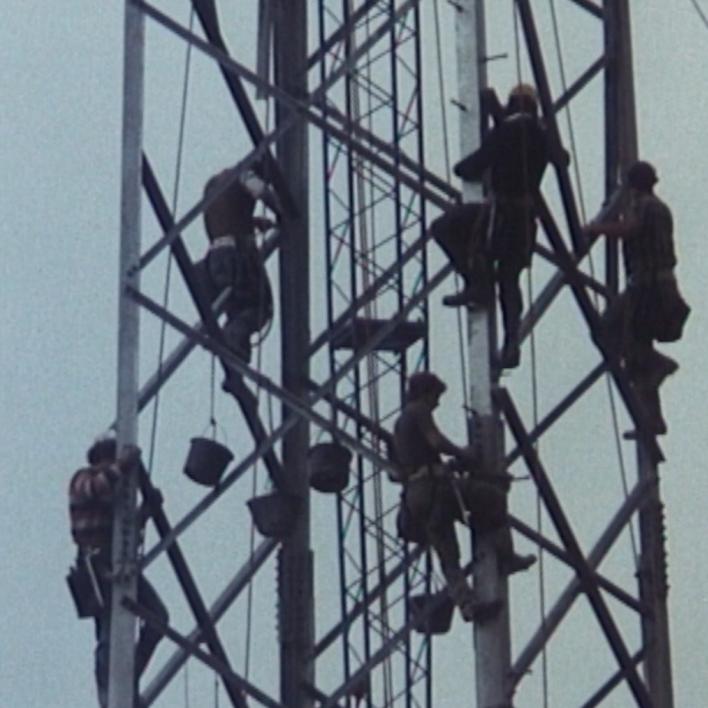
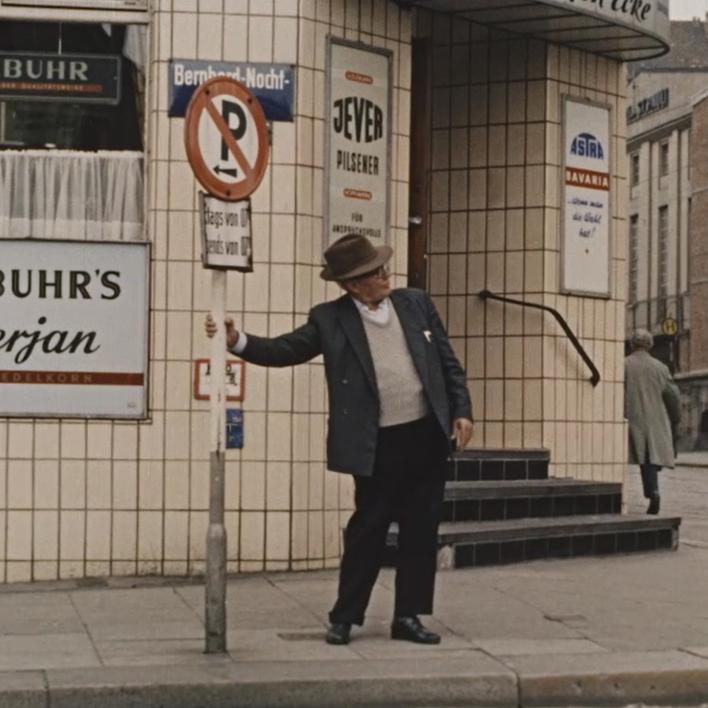
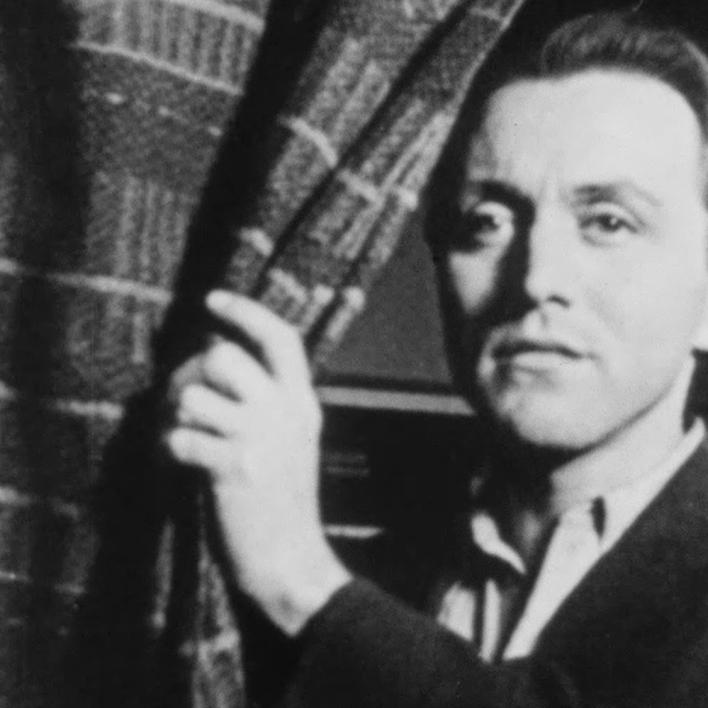
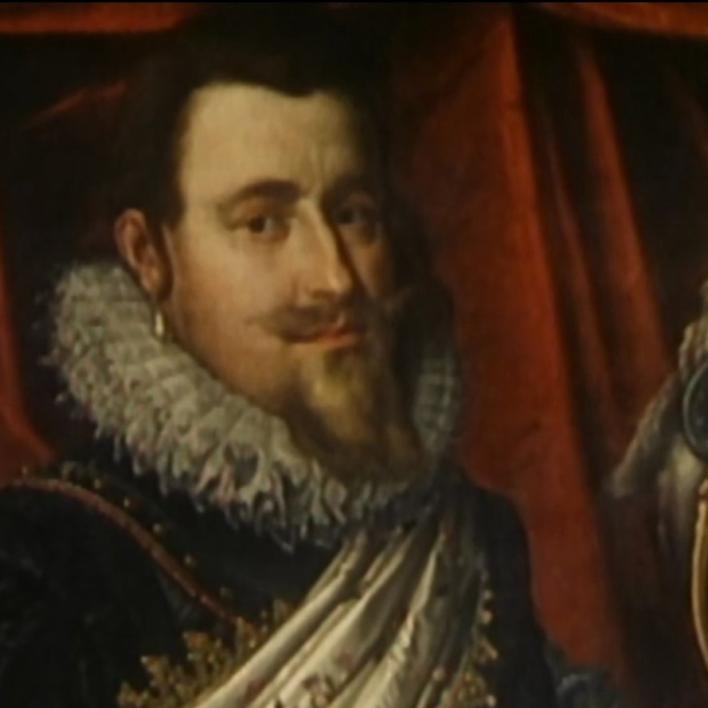
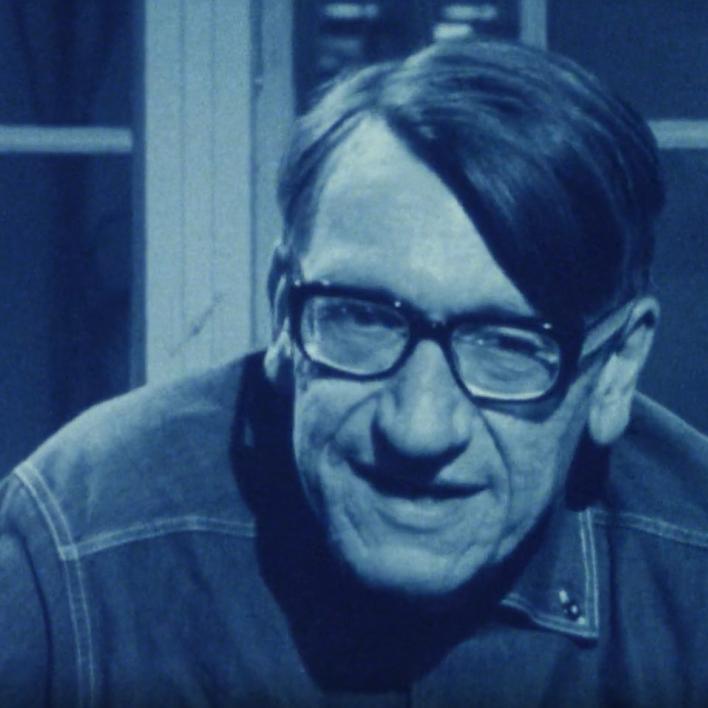
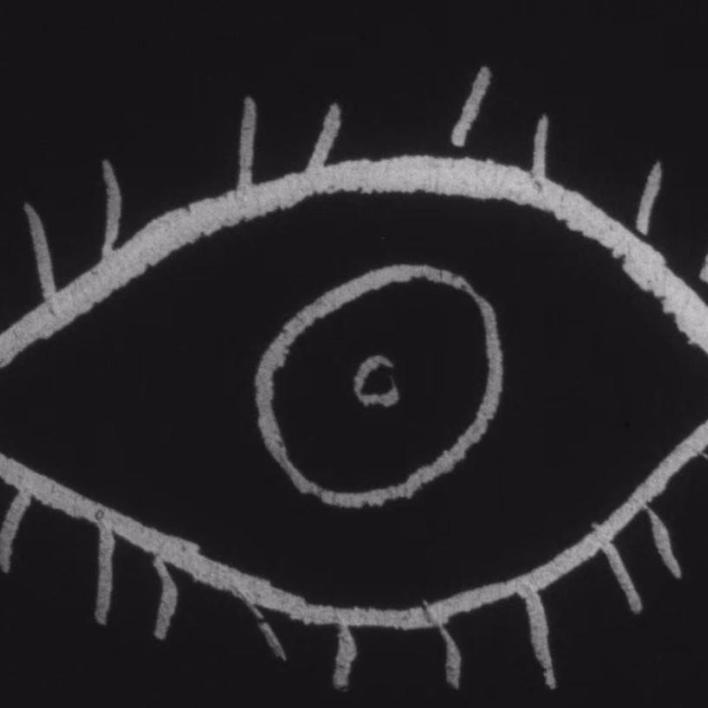
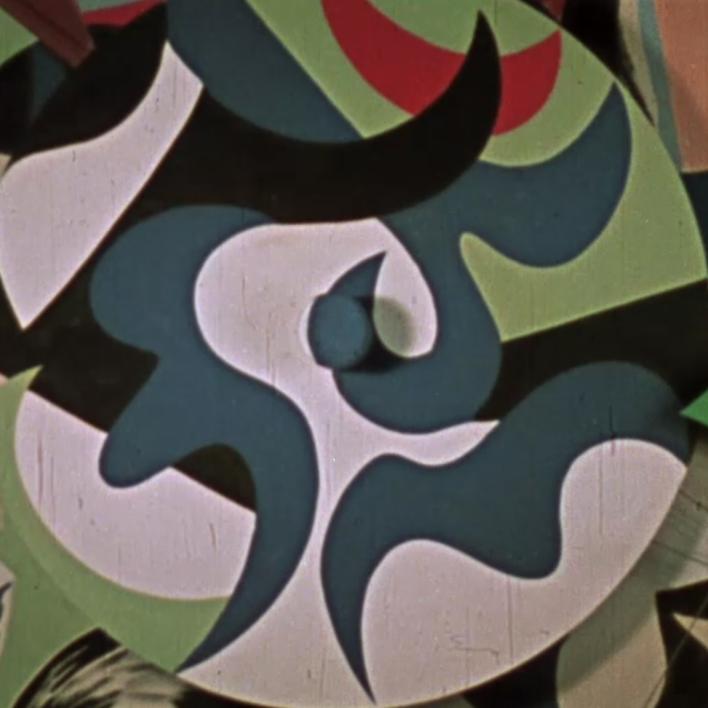
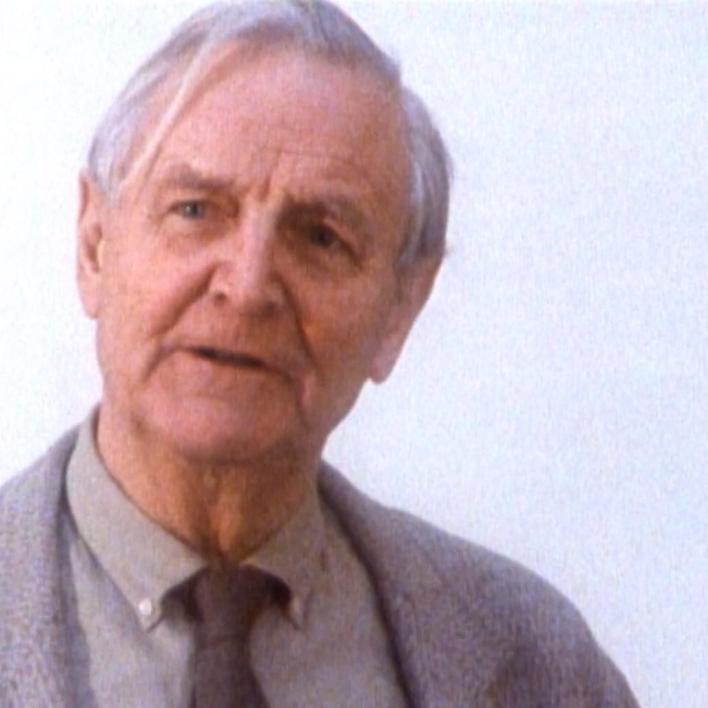

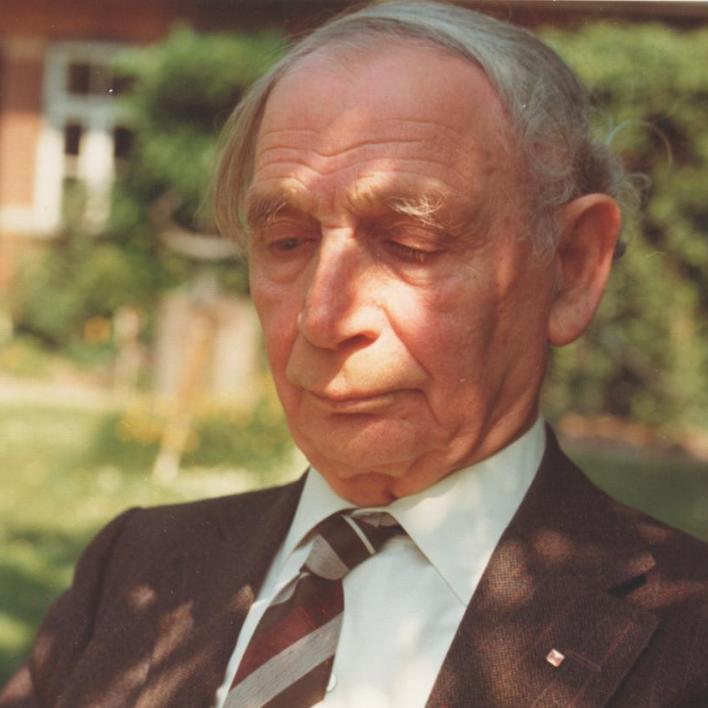
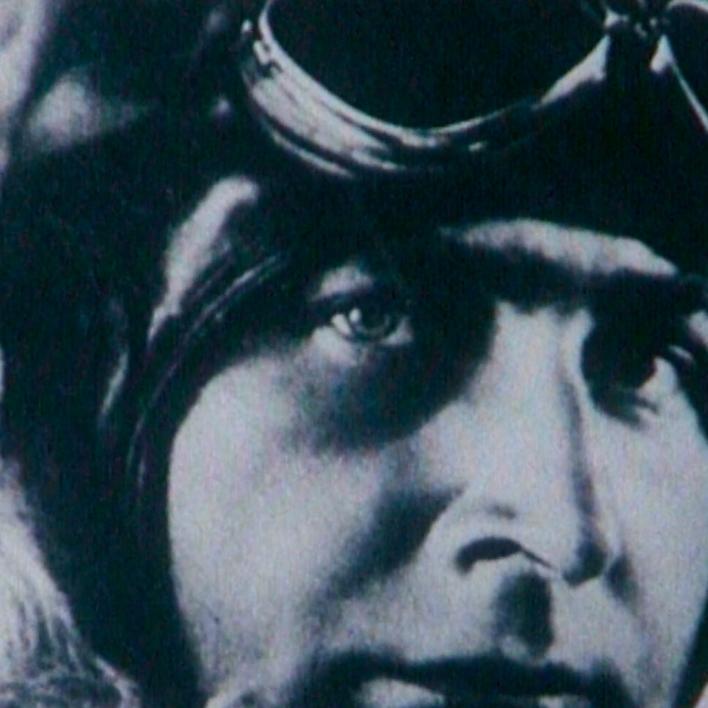
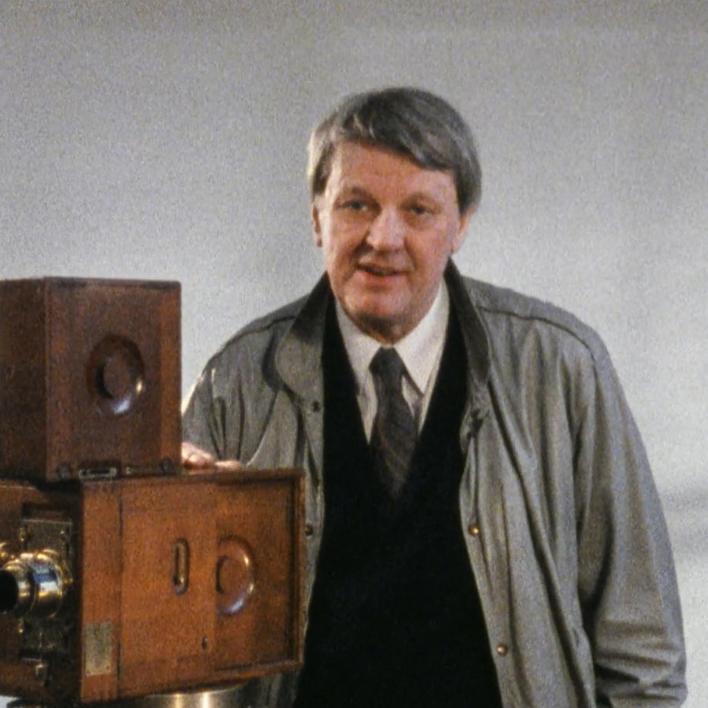
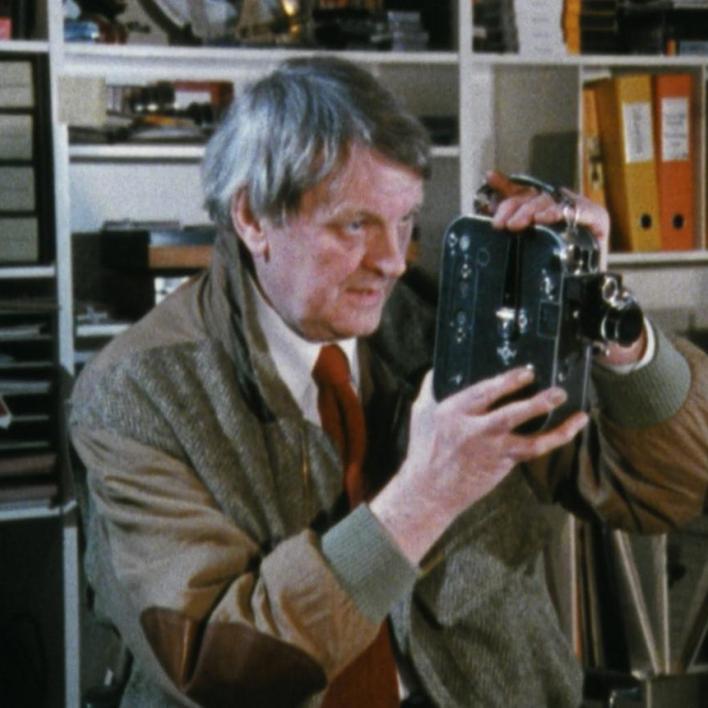
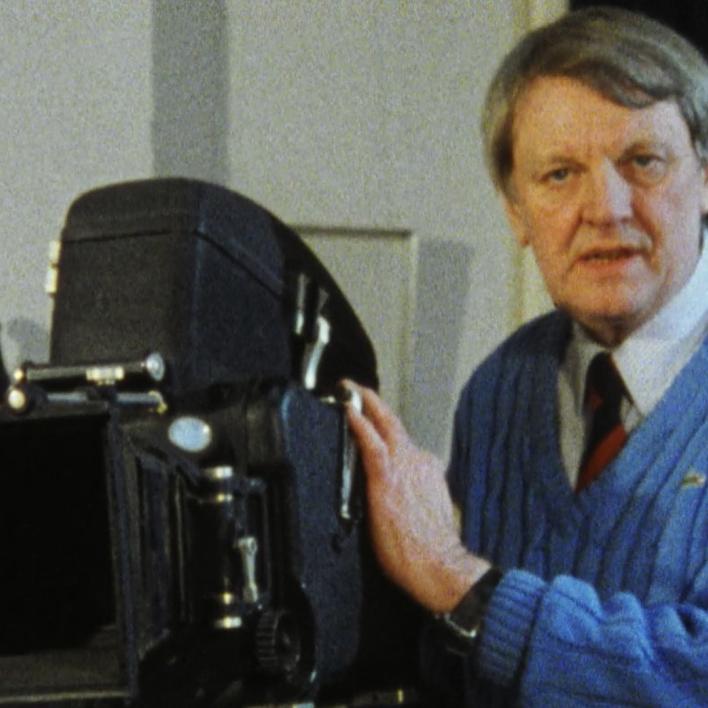
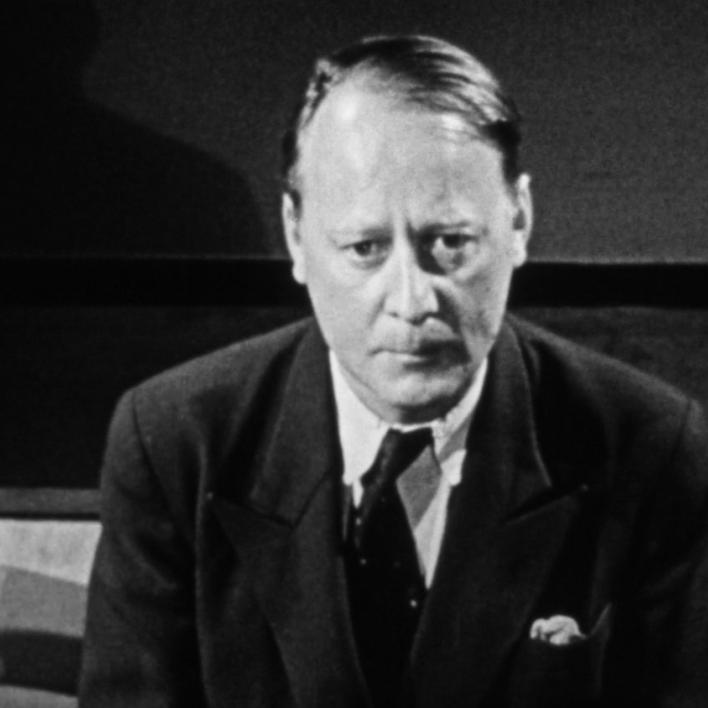
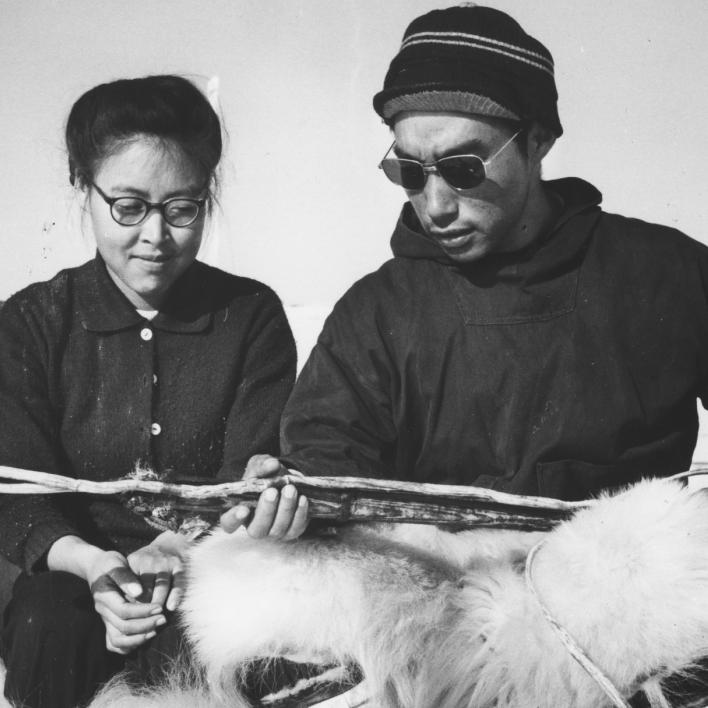
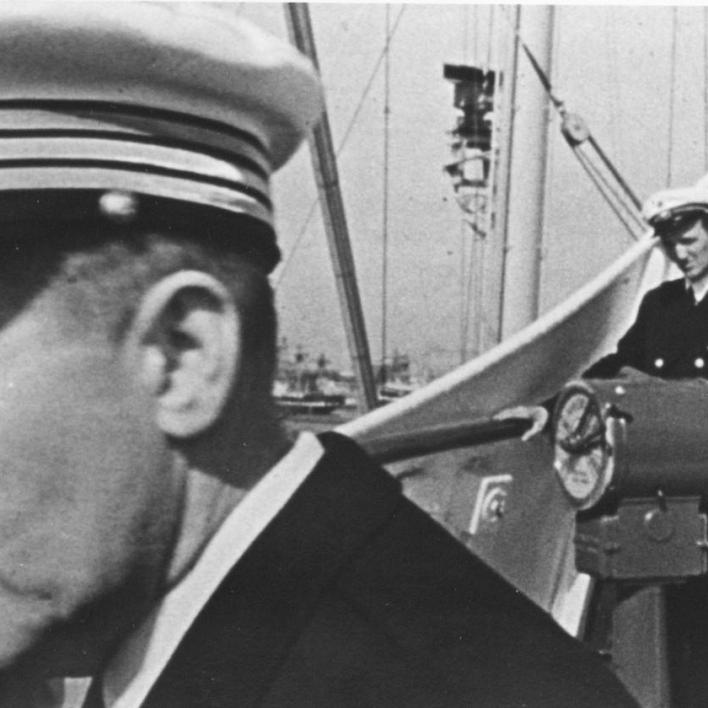
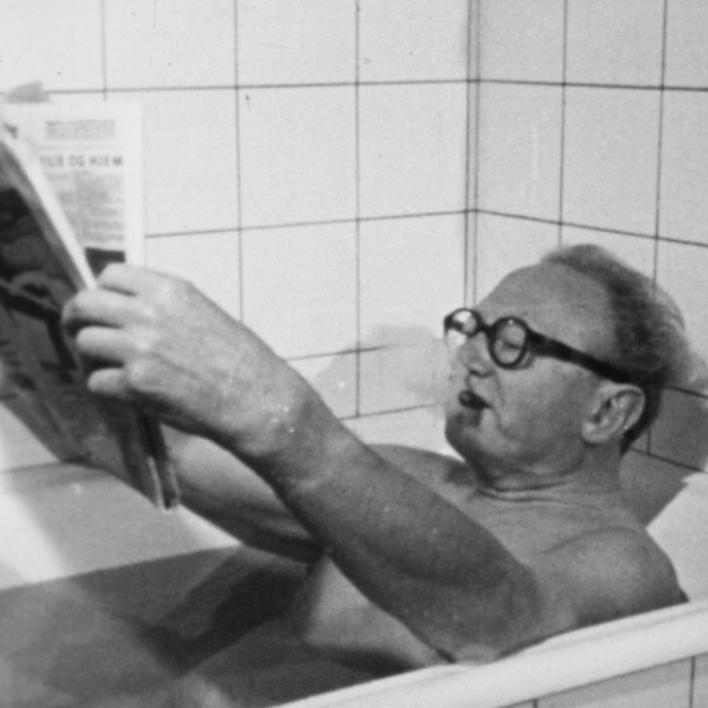
Tilføj kommentar
Meget meget fint